Happy to be back in The Neighborhoods after a week off. This week’s newsletter covers the very small, very quiet neighborhood of Malba, Queens. Just west of the Whitestone Bridge, between College Point and Whitestone, Malba’s 40 square blocks are home to some 406 houses.
The streets in Malba were private until the mid-1980s, and walking around the neighborhood still somehow feels like trespassing. This is one of those places I call a “Can I Help You?” place. Asked in a particular way, “Can I help you?” demonstrates zero intent to offer actual assistance but rather carries an implicit suggestion that you should probably put down the camera and head somewhere else.
Real estate brokers have called the neighborhood both the Hamptons of Queens and the Beverly Hills of the East Coast because ...that’s their job.
If you haven’t heard of Malba, you are not alone.1
“The best part,” said one resident, “is that when you mention Malba, outsiders look blank and say ‘Where?’”
While the name conjures up some secluded Mediterranean island with black sand beaches set against a cerulean sea with all-night house music sets (or is that just me?), MALBA is actually an acronym derived from the initials of the five “founding fathers,” George Maycock, Samuel Avis, George Lewis, Nobel Bishop, and David Alling.
All five men worked for the Realty Trust, a real estate development company formed by the estate of William Ziegler, the “Baking Powder King.” I’ve also found reference to a Robert Benson Davis being the Baking Powder King, so evidently, there was a baking powder coregency of sorts at the time.
THE BAKING POWDER WARS
Ziegler’s company produced Royal Baking Powder, whose formula used cream of tartar as the leavening acid, the industry standard at the time. The hot new thing in baking powder tech was alum, a chemical compound containing aluminium. Alum worked better and cost significantly less than cream of tartar, a grape byproduct of the wine-making process. Royal’s biggest adversary was Calumet, an unabashed alum proponent whose very name, I just noticed, contains alum. 🤯
Worried about their rapidly diminishing market share, the Royal Baking Company began a smear campaign decrying alum’s dangers, claiming ingesting it would lead to malaria-like symptoms and “nervousness in women.”
Calumet countered by offering $1000 to anyone who could prove any ill effects from the alum in their baking powder. Ziegler decided to ratchet things up, spending millions in bribes to lawmakers in Missouri who passed a law banning the use of aluminum in food products. At least twenty shopkeepers in the state went to jail for selling the contraband powder.
Meanwhile, Ziegeler’s other brand of baking powder, Dr Price, was being sold in the South made with, you guessed it, alum instead of cream of tartar.
The war lasted for several decades, with the cheaper and more effective alum finally winning out in the end. To learn more about this dark period in our country’s quest for the fluffiest muffins, read Linda Civitello’s Baking Powder Wars: The Cutthroat Food Fight that Revolutionized Cooking.
OOH THAT SMELL
On my latest trip to Malba in July, the first thing I noticed was the smell. Engulfed by the olfactory buffet let loose from a profusion of densely landscaped blooms, it occurred to me that it could be the best-smelling neighborhood in New York.
You can imagine my shock when I came across an article claiming Malba was statistically the smelliest neighborhood in all of Queens. Just a few days later, a follow-up article with the clickbait-sounding but factual headline, Malba Defends it Smell, came out with neighborhood residents refuting its stinky reputation. Since the data was based on 311 complaints and Malba has so few homes compared to other neighborhoods, it’s reasonable to suspect a few particularly smell-sensitive complainants skewed the survey. I thought it smelled great.
MAHOGANY RUSH
It makes sense that the Beverly Hills of the East Coast would also be home to what was once the most expensive residential listing in Queens. 3 Point Crescent Drive was listed for $8.8 million in 2017. The 12,000-square-foot space boasts seven bedrooms, nine bathrooms, a three-car garage, two family rooms, a temperature-controlled wine cellar, a wood-fired oven, an outdoor kitchen, and a 40-foot in-ground pool2
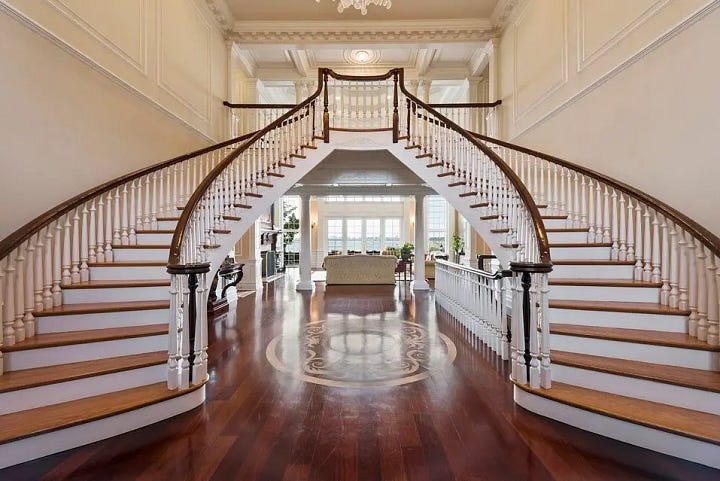
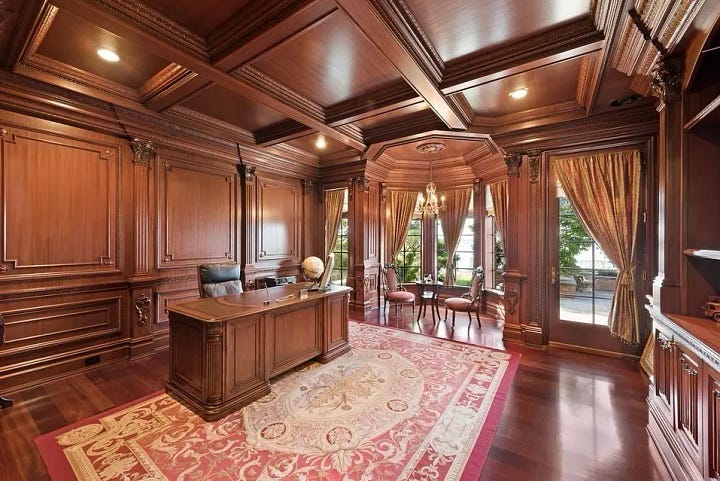
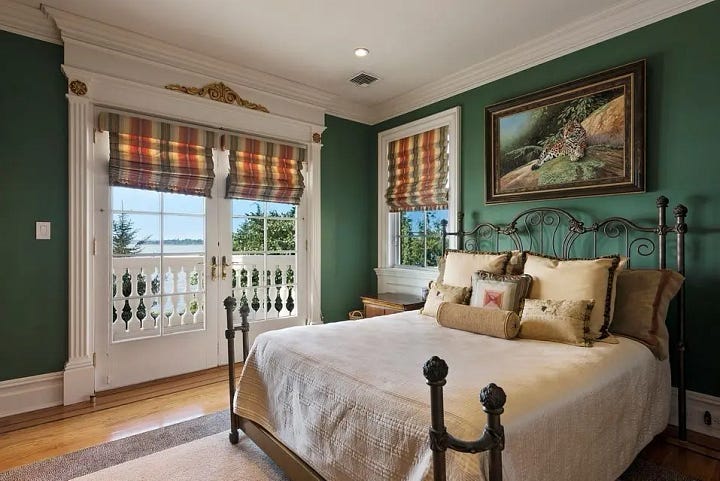
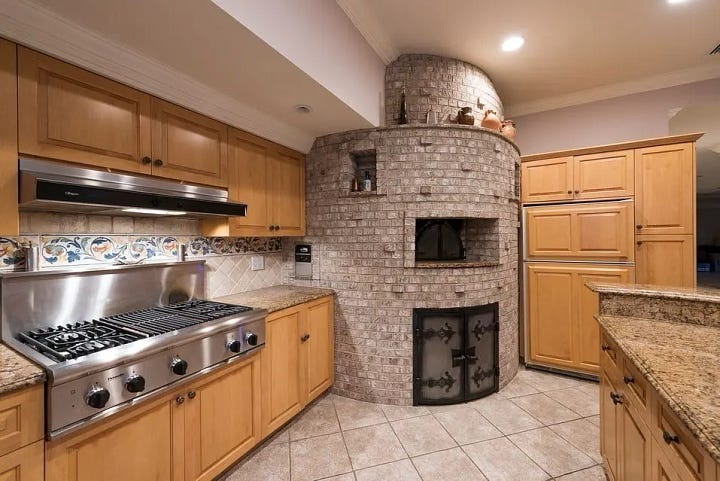
A recent perusal of property records reveals that it sold for $4 million in 2022. It goes to show that there is only so much someone is willing to pay for a house in what some people consider the stinkiest neighborhood in New York, even with a mahogany paneled office and a double staircase foyer.
Speaking of over-the-top houses, this modern quasi-brutalist marvel stands out from its Spanish-tiled neighbors.
The last home on Malba Drive was designed by the architectural firm Bluarch, who has done several other projects in the city.
I love these sci-fi renderings which, minus the pristine Nordic fjord background, seem pretty accurate.
There is one detail, however, the renderings fail to include:
CHRIS-TUH-FUH
Famous residents of Malba have included William Shea, the namesake of nearby Shea (now CitiField) Stadium, and Roberto Alomar, the former Mets second baseman who played in that same stadium. Also, Drea de Matteo, better known as Adriana La Cerva, Christoper’s fiancée on the Sopranos, grew up in Malba. That is perhaps fitting, given the area’s ties to the Lucchese family.
Tommy Lucchese was also known as “Three-Finger Brown” because, like Cubs pitcher Mordecai Brown, he only had three fingers on his right hand. He was head of the Lucchese family, one of the “Five Families” of the US mafia, and lived with his family at 106 Parsons Blvd in Malba. The Lucchese family was famously depicted in Martin Scorcese’s Goodfellas.
More recently, Robert Sasso, a member of the Gambino family, shot and nearly killed an associate on the end of this jetty in Malba in 2014.
.
SIGHTS AND SOUNDS
This week’s field recording features the wind blowing through some reeds and having its way with a flag pole while doing its best Steve Reich Drrumming imitation.
FEATURED PHOTO
This week, I’m happy to share a photo from one of my friends and studio-mate, Jonathan Smith. I first met Jon when I started working in the Joel Meyerowitz archive, where he was head archivist. He had recently completed his Bridge Project, an in-depth photographic study of New York City’s bridges.
While walking around Malba, I found a scene with some very curious shrubbery that instantly made me think of one of Jon’s photos. It turns out I was in the exact location.
More recently, Jon has traded bridges for glaciers and waterfalls, traveling the globe to far-flung destinations like Iceland and Patagonia. Jon describes his work as “part of an ongoing investigation into the transformative quality of landscape”

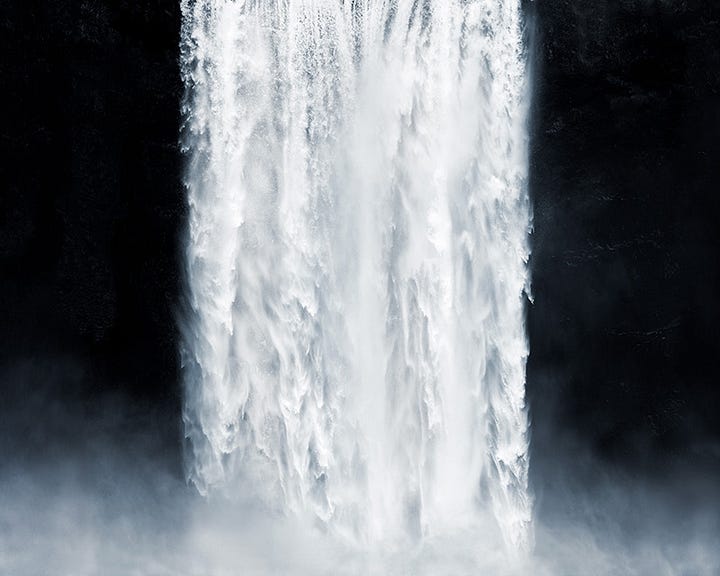


These small jpegs don’t do the photographs justice; the large prints are stunning. See more of Jon’s work on his website.
NOTES
I was amazed to read about how the illustration on the Royal Baking Powder can has affected people. Its picture within a picture within a picture has engendered profound thoughts about the nature of infinity and our roles in the universe.
Naturalist, pantheist, and author Joseph Wood Krutch cites his first encounter with the can as the formative experience of his youth:
But neither the contingency of the universe nor a certain concept of original sin it implied did as much to make me whatever I am as another idea which burst upon me on the day when I first really saw a Royal Baking Powder can…The can and the package were both adorned with pictures of the container itself. Therefore, the advertisements included a picture of a picture. And that picture must of necessity include a picture, of a picture, of a picture. In practice, of course, the series finally ended with a dot. But it shouldn’t have. And thus I became simultaneously aware of two stupendous facts. Infinity can be neither represented nor imagined, but logically it must exist. The brain reels, and it is a painful experience. But here at least is a trauma which must be suffered before any human being can become fully human.
The Theosophical Quarterly, the official organ of the Theosophical Society, wrote in 1919:3
We see a series of containers, developing inwardly. In a similar way, we can think of halls of consciousness, opening, one within the other, not until they stop thus opening, but until the eye and mind can no longer follow.
Even cartoonist and national treasure Roz Chast claims the can’s graphics were her first glimpse into the infinite. And, her can contains a dead stinkbug.
The current most expensive house in Queens is located in the neighborhood of Jamaica and is listed at $15,000,000. Temperature controlled wine cellar NOT included.
https://www.nytimes.com/1974/10/19/archives/malba-in-queens-is-a-suburb-within-the-city-development-feared.html?searchResultPosition=2
https://ny.curbed.com/2017/8/31/16234006/queens-malba-mansion-for-sale
https://beachpackagingdesign.com/boxvox/7-quotes-about-royal-baking-powder







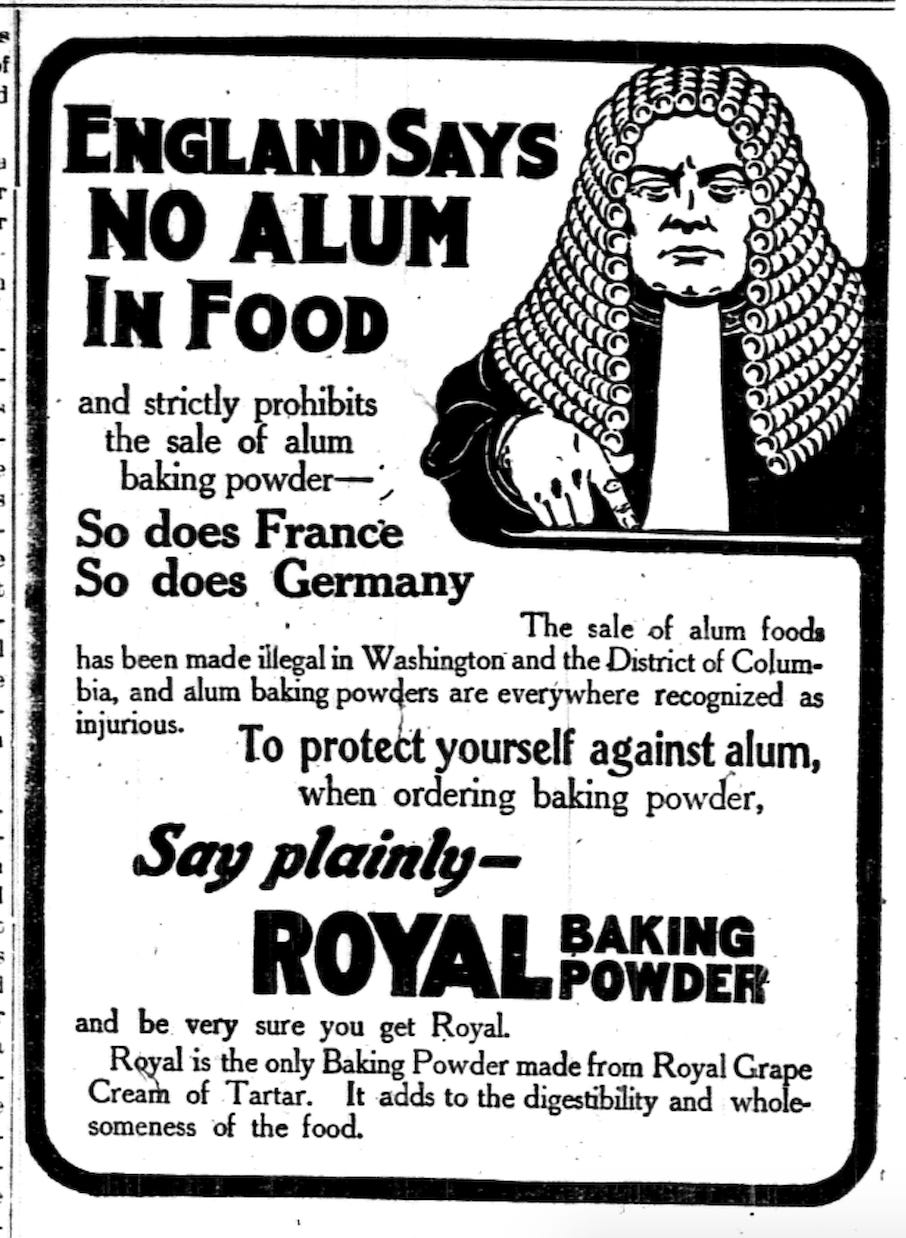
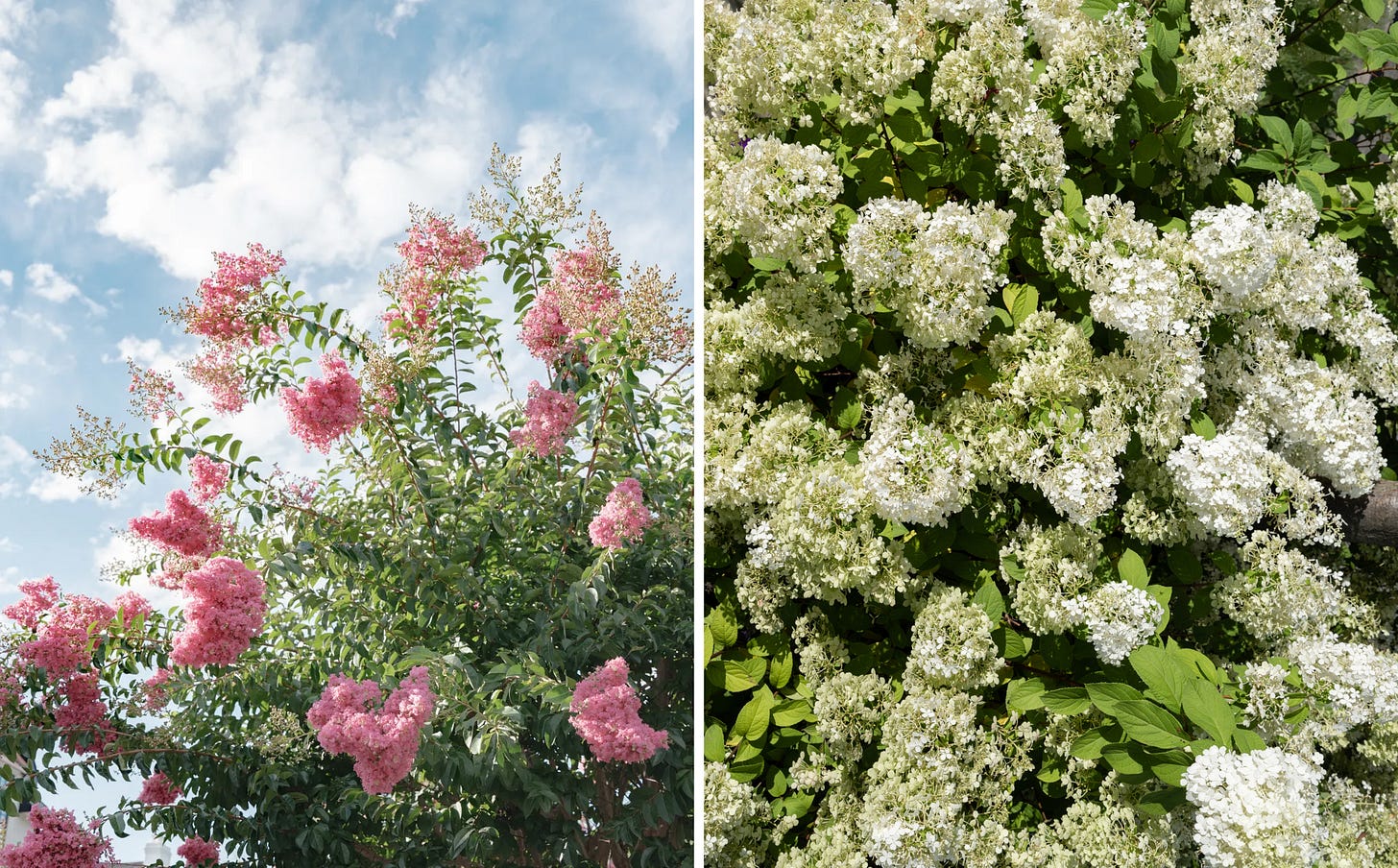
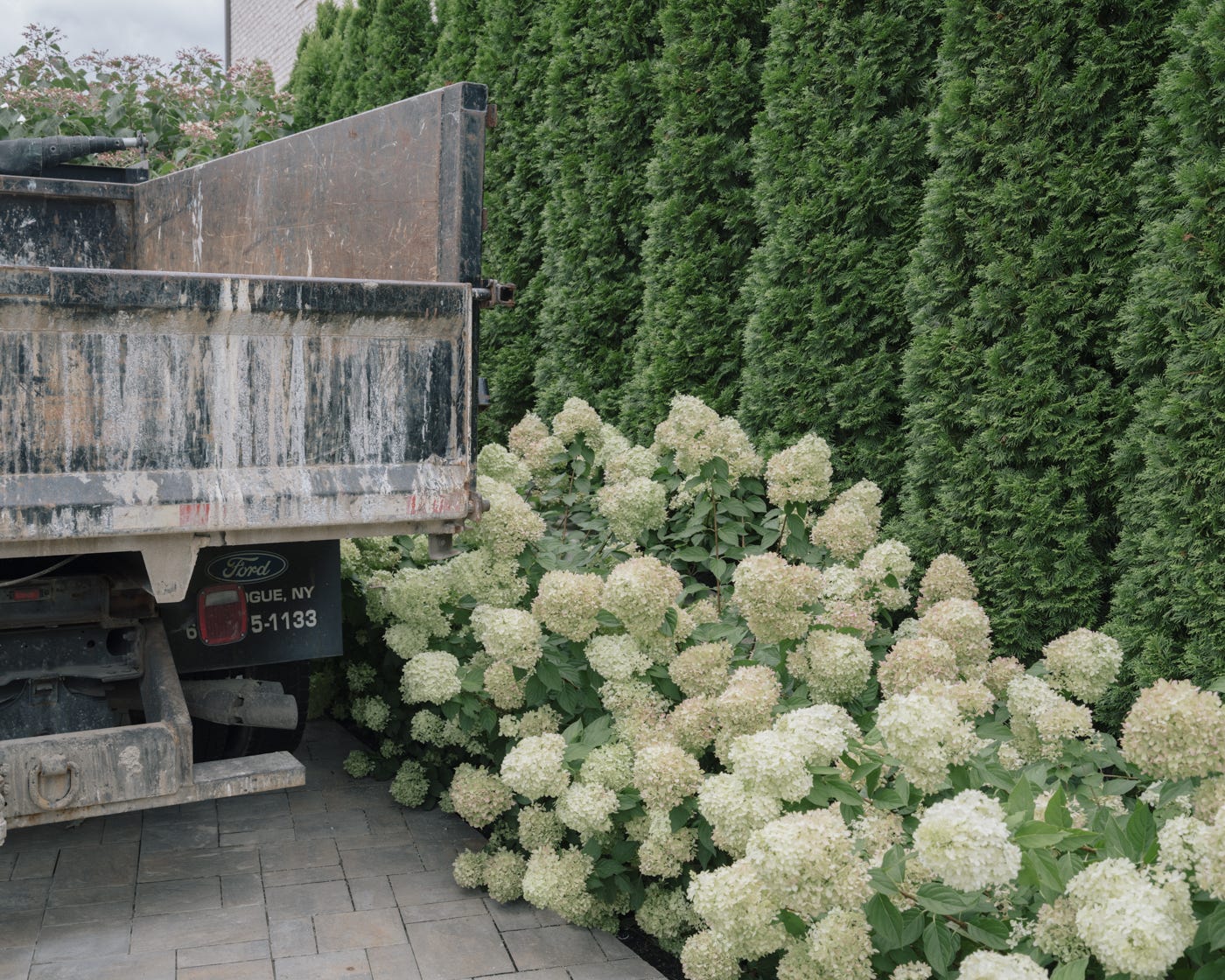
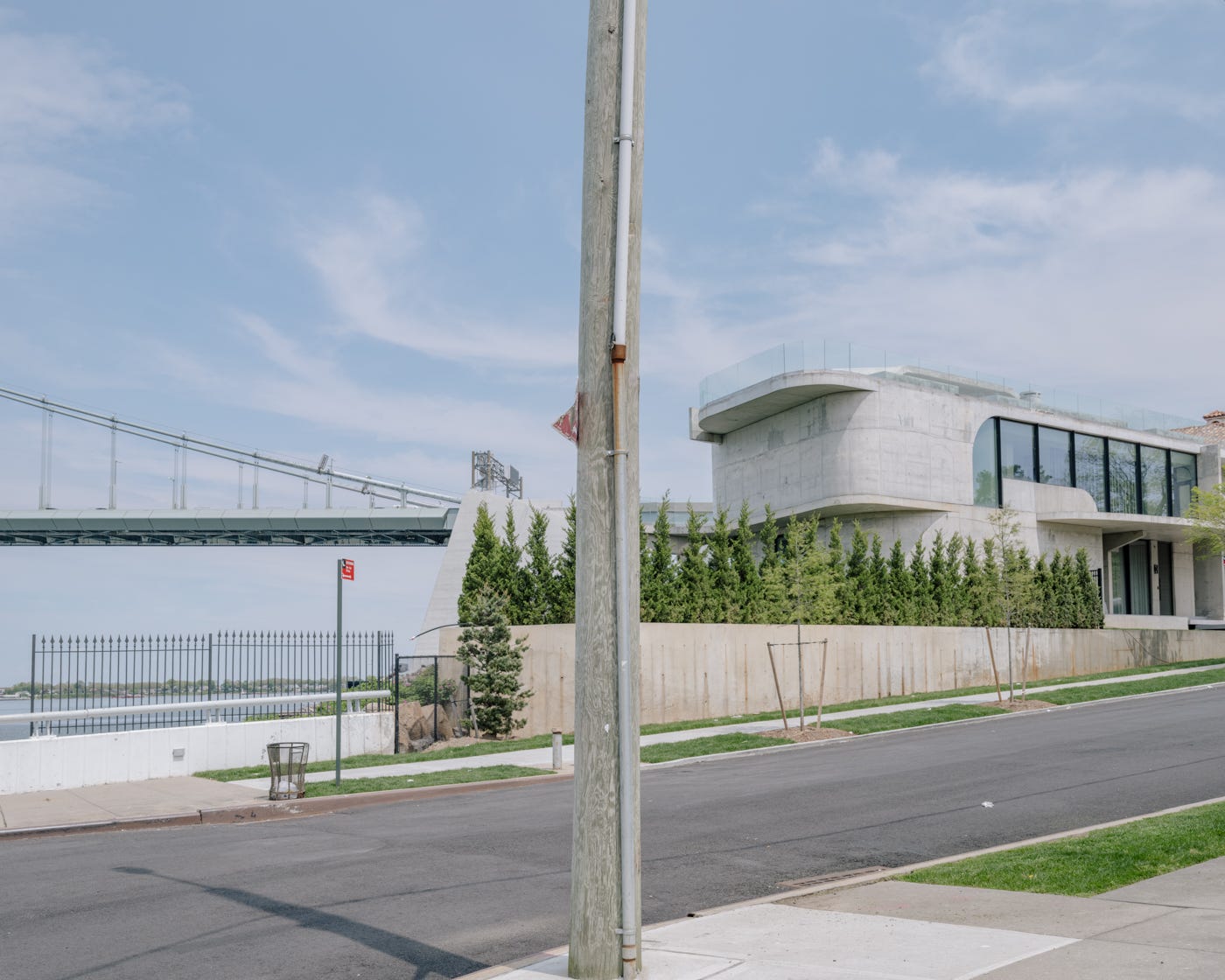
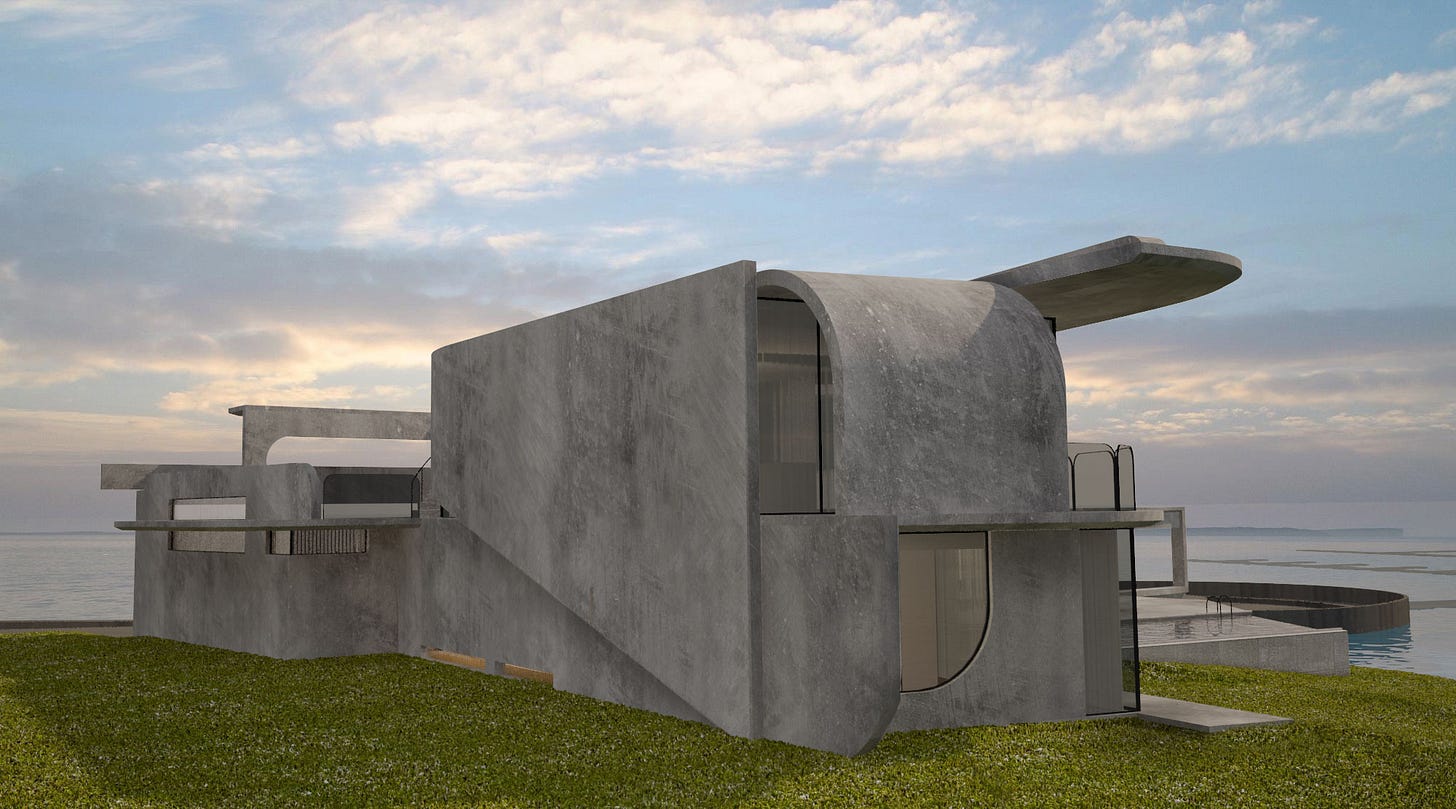
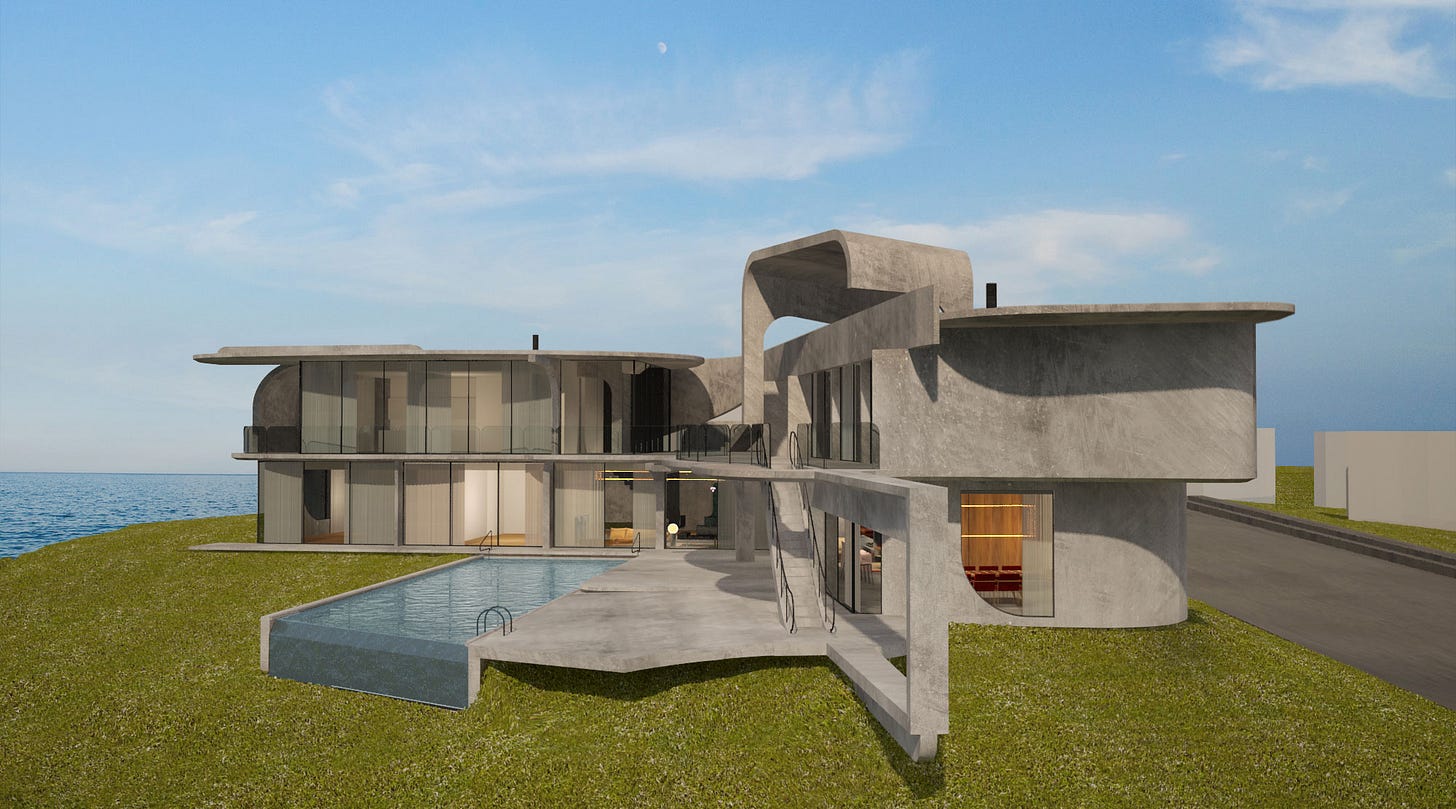


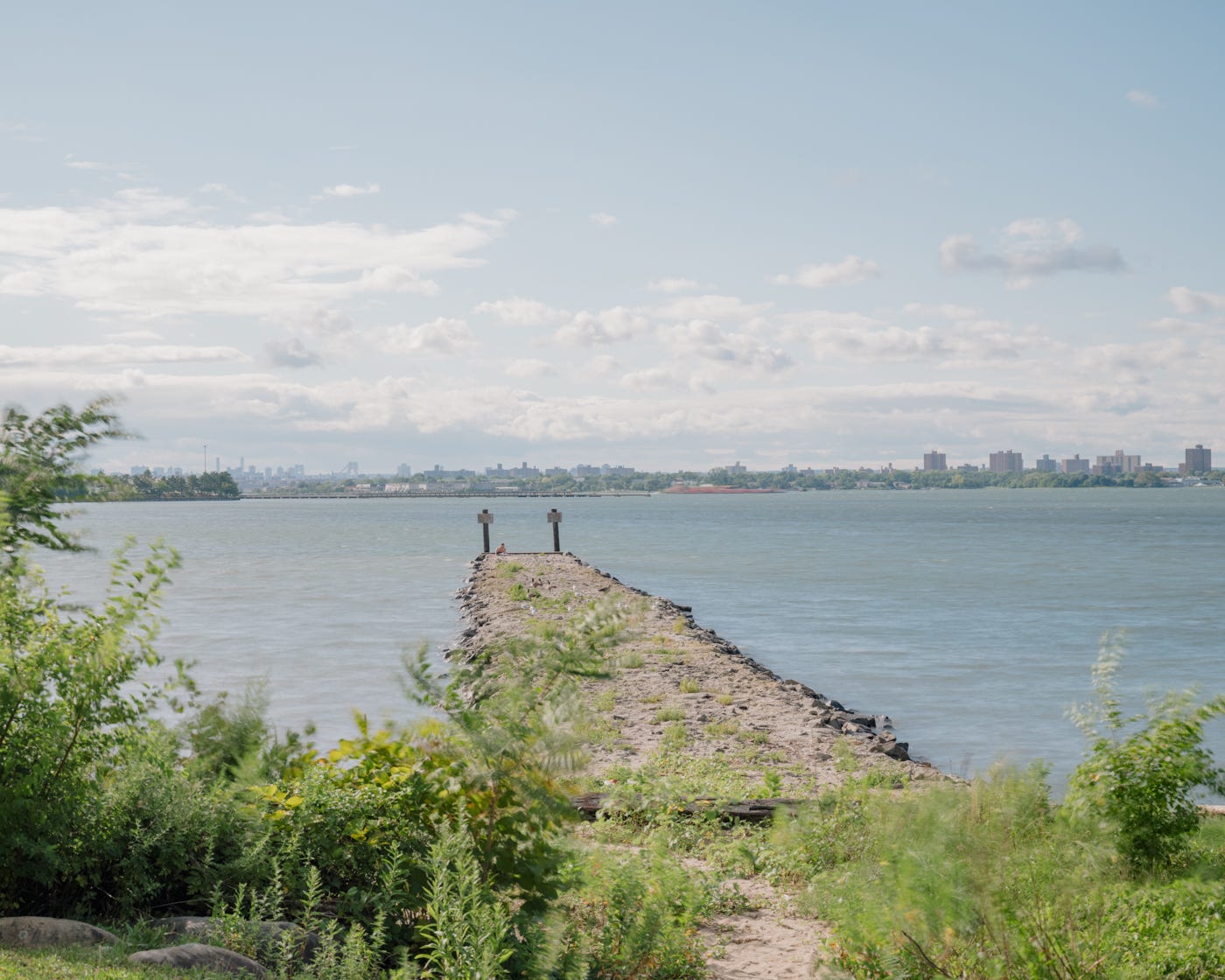
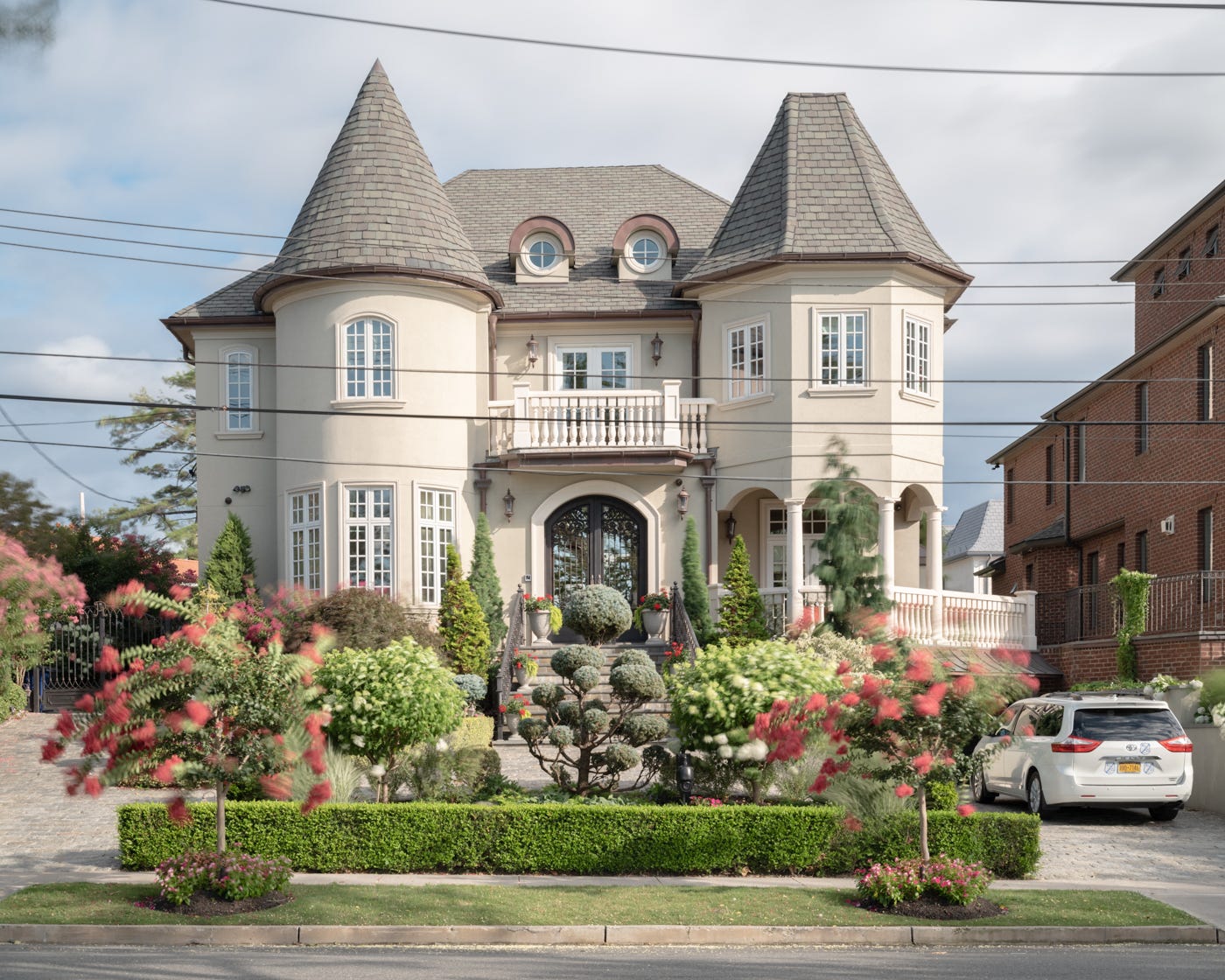
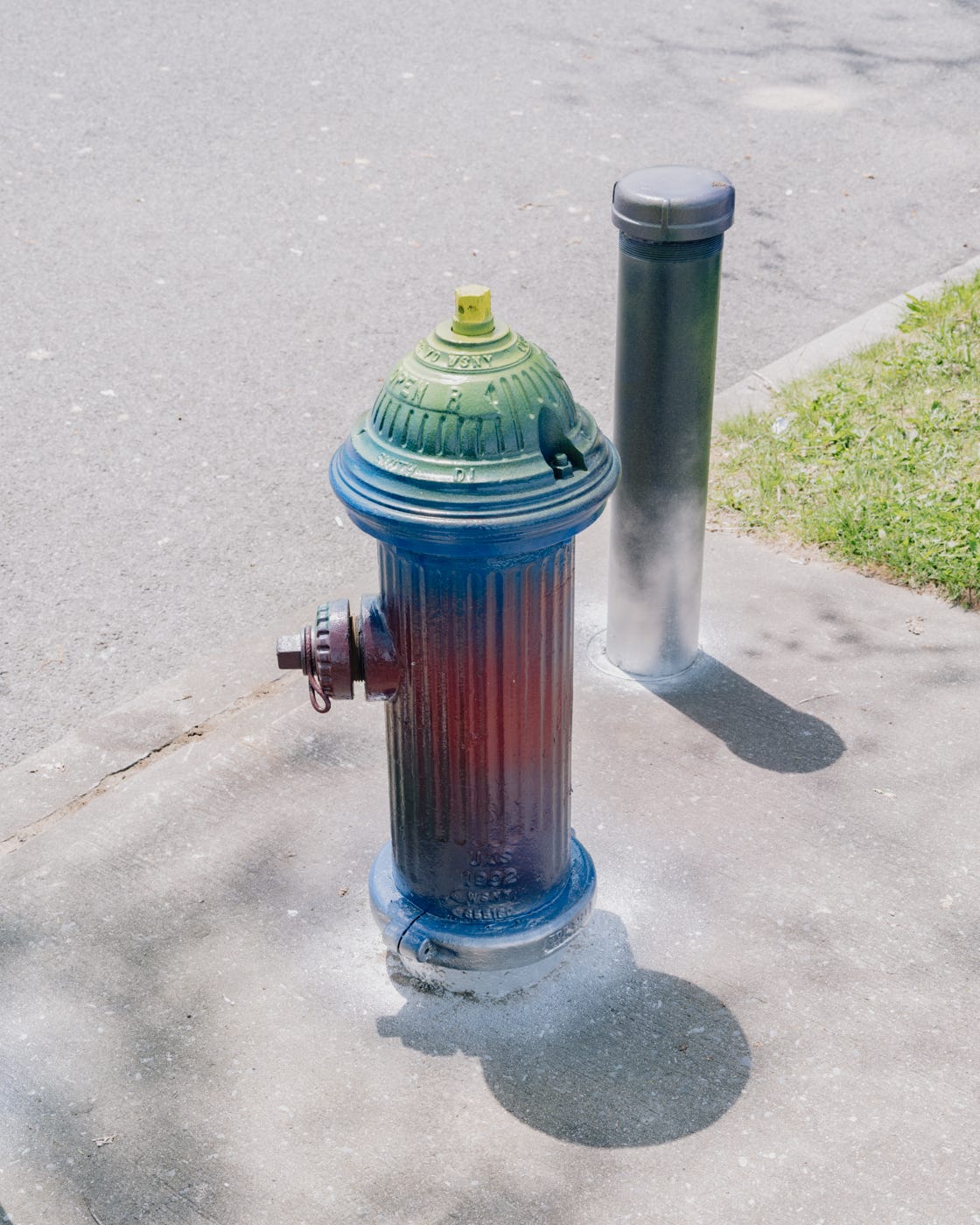
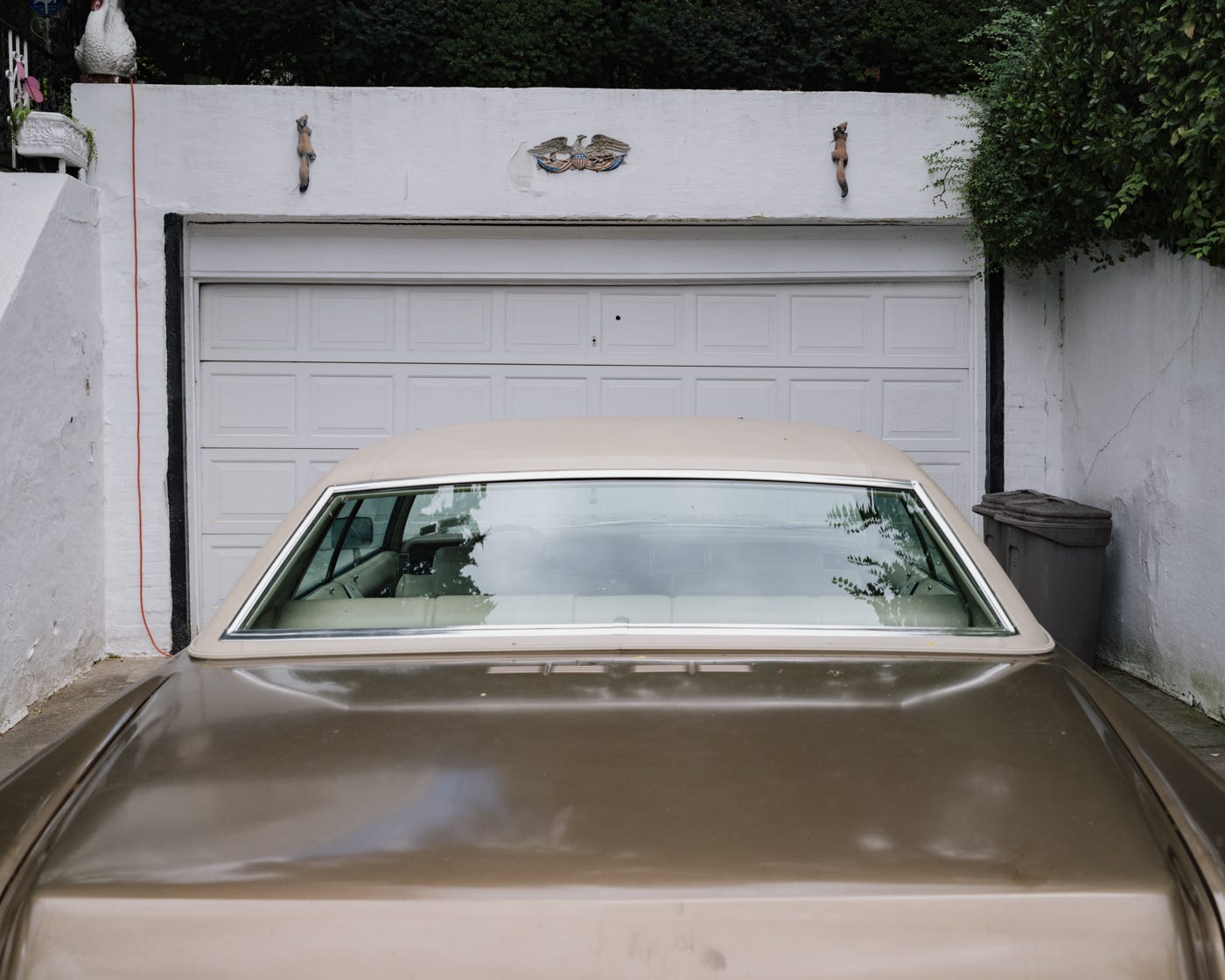
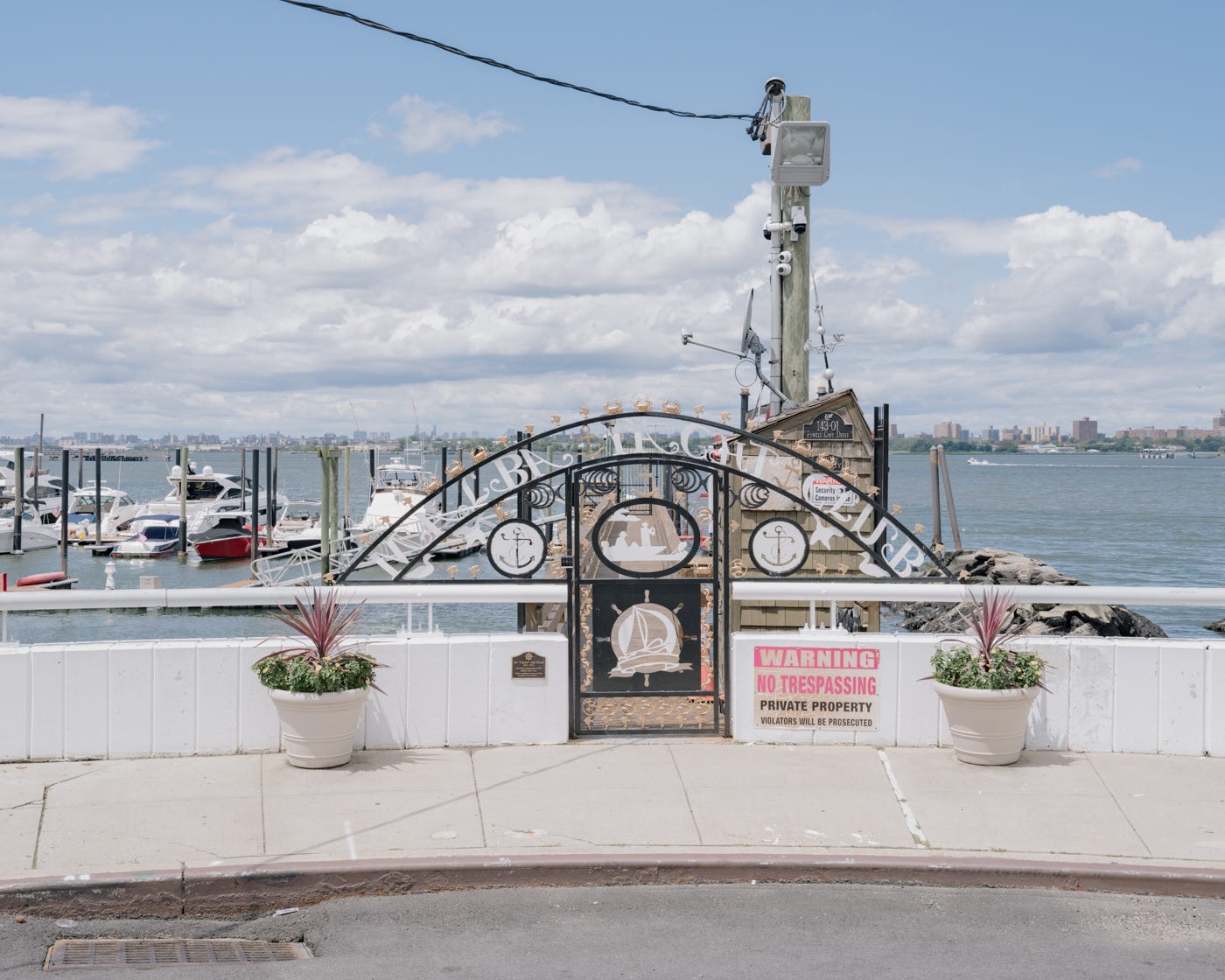
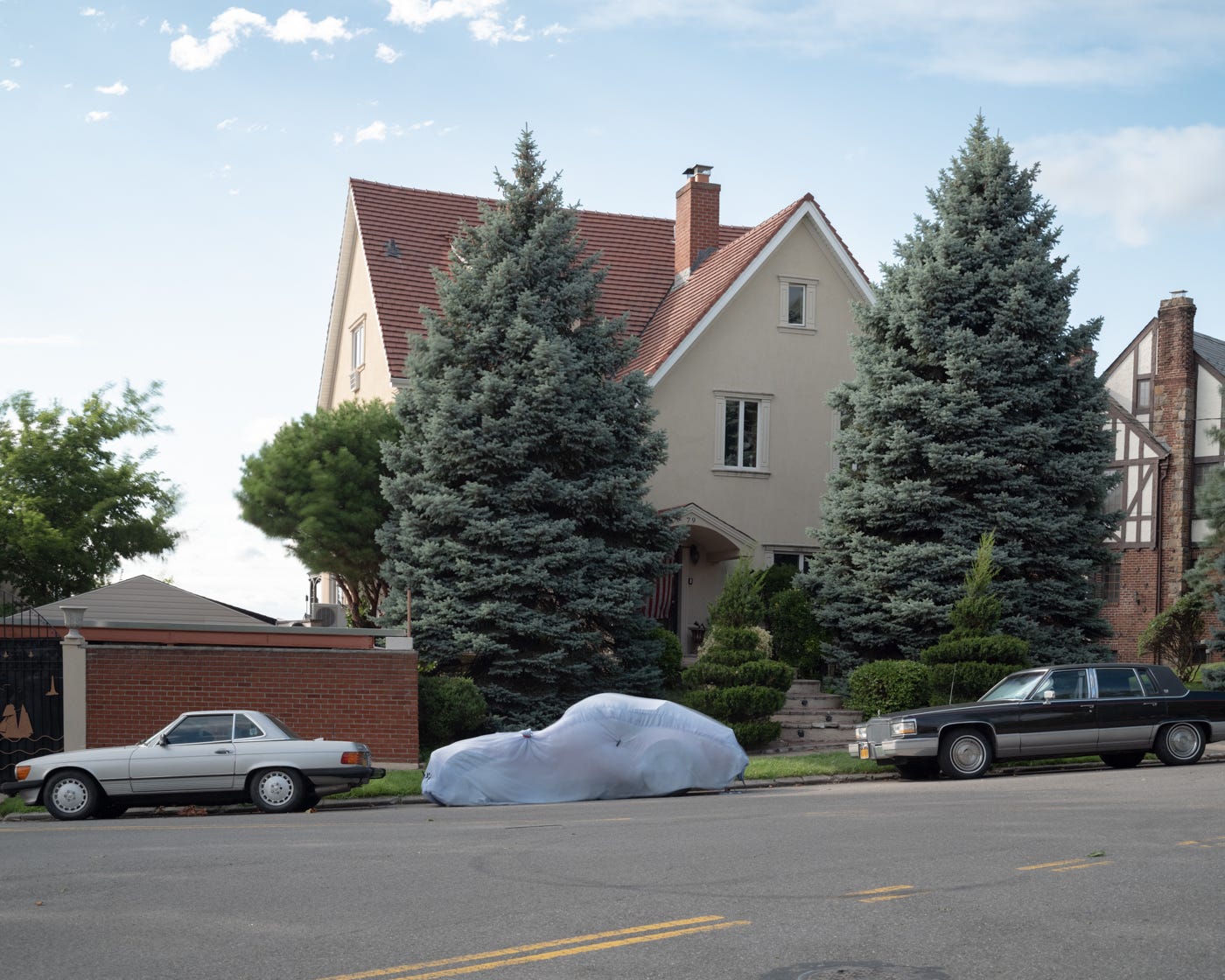
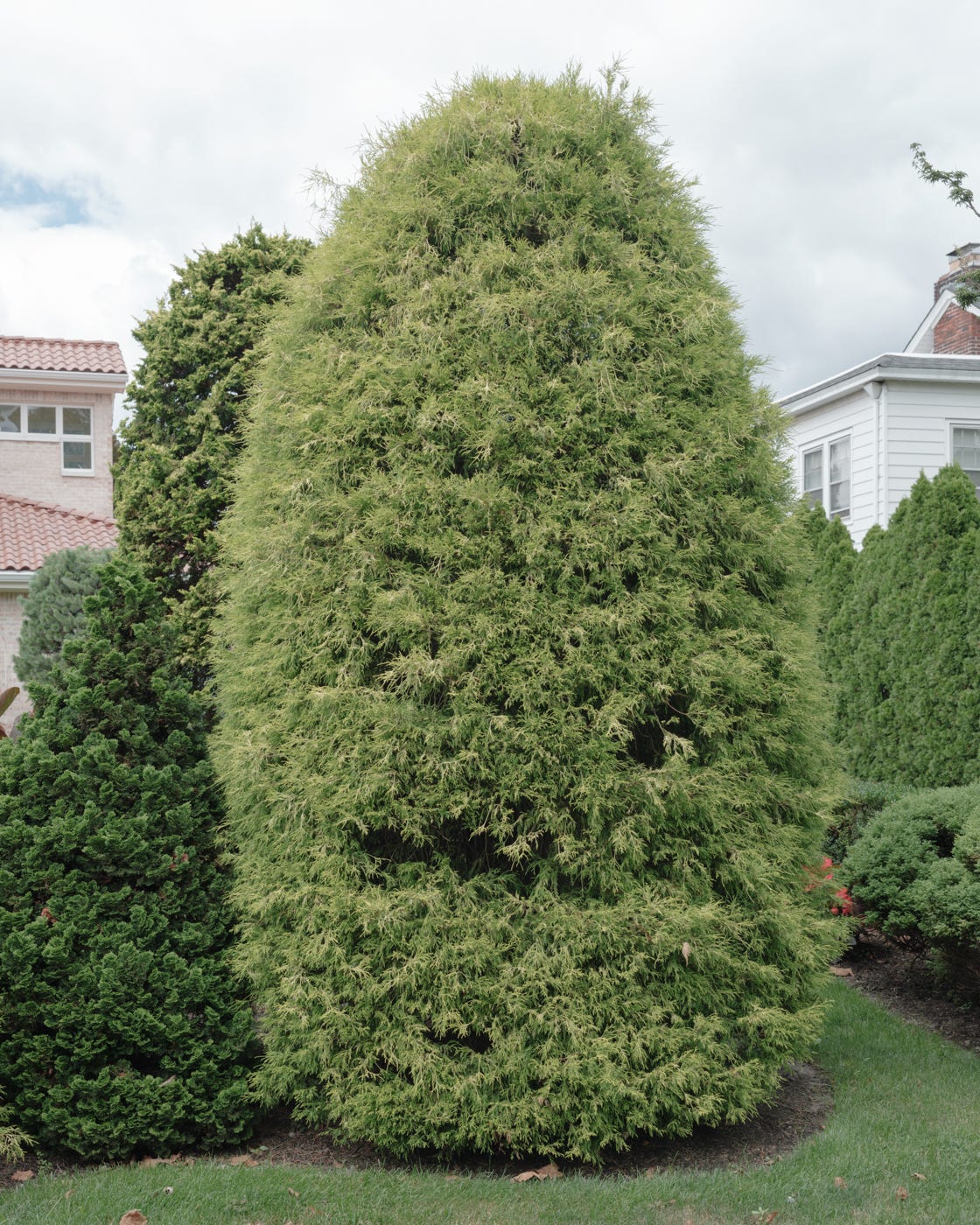
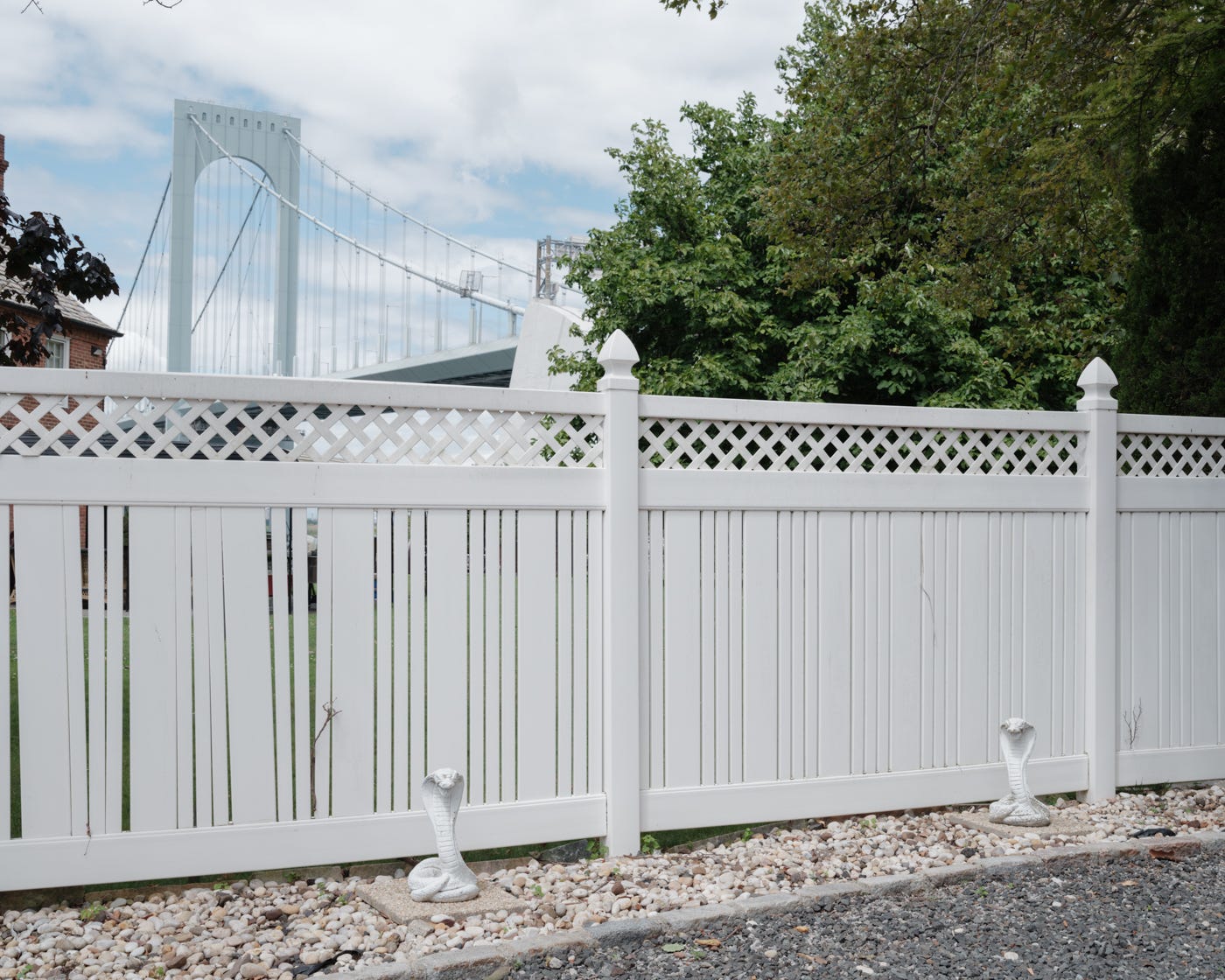
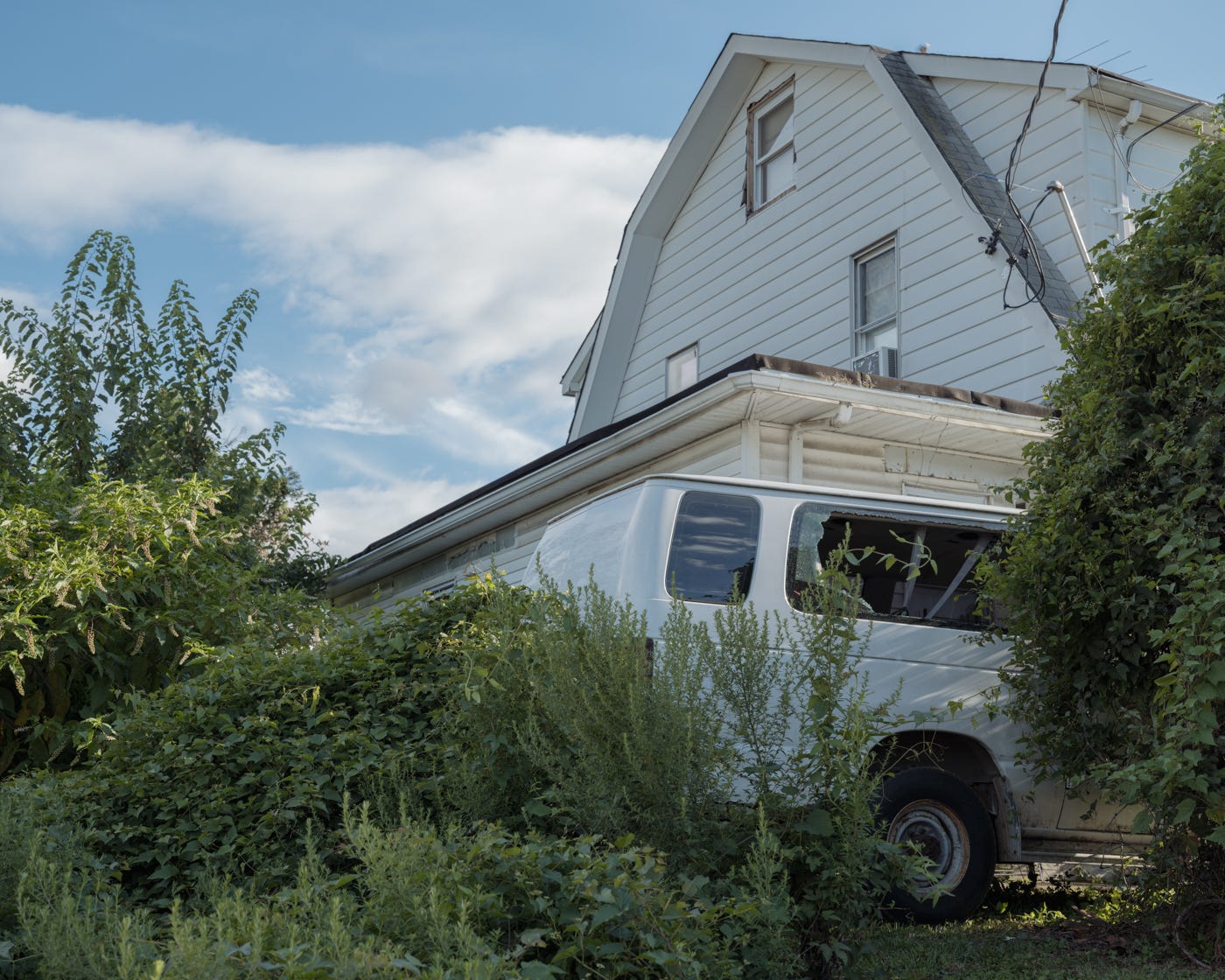
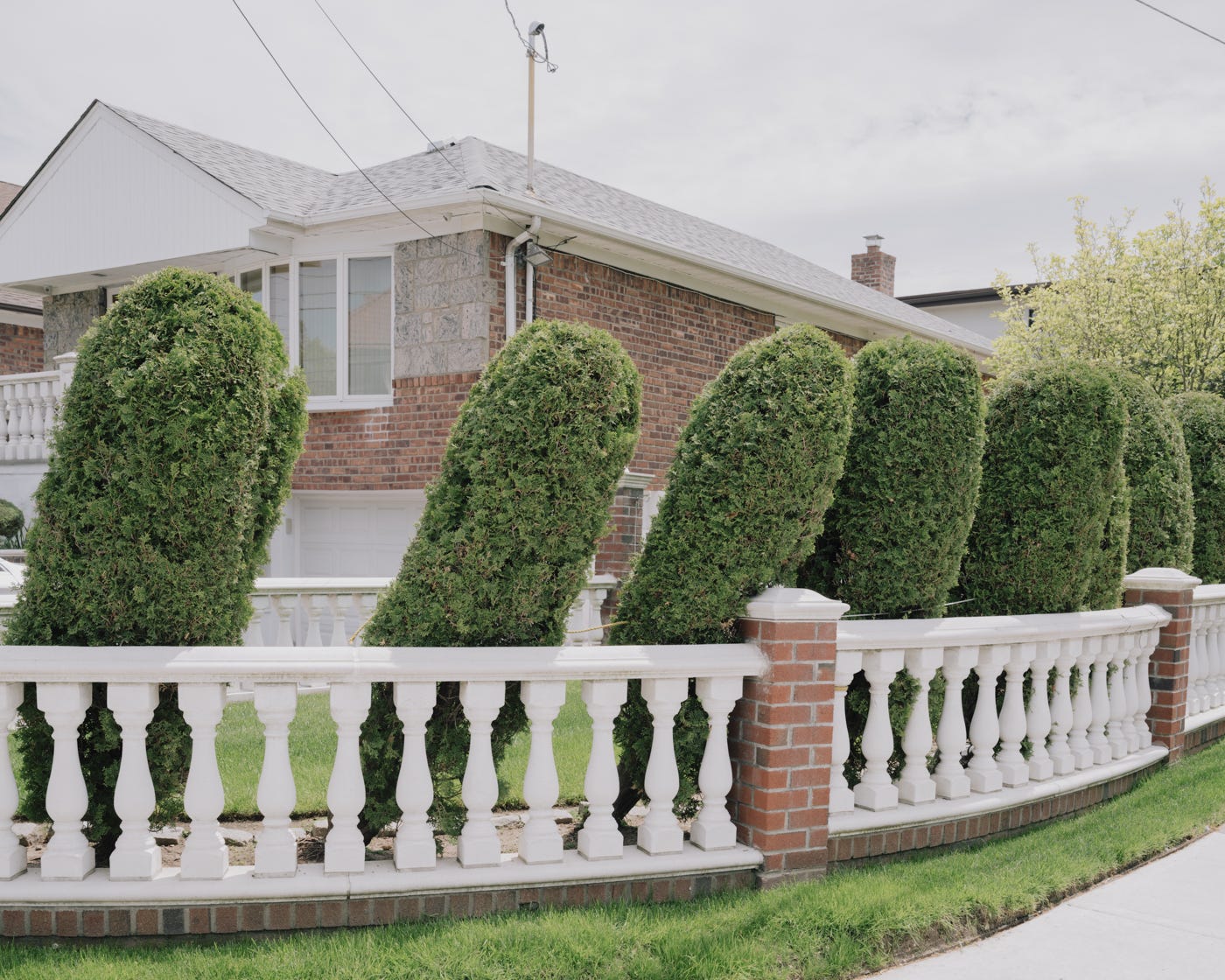
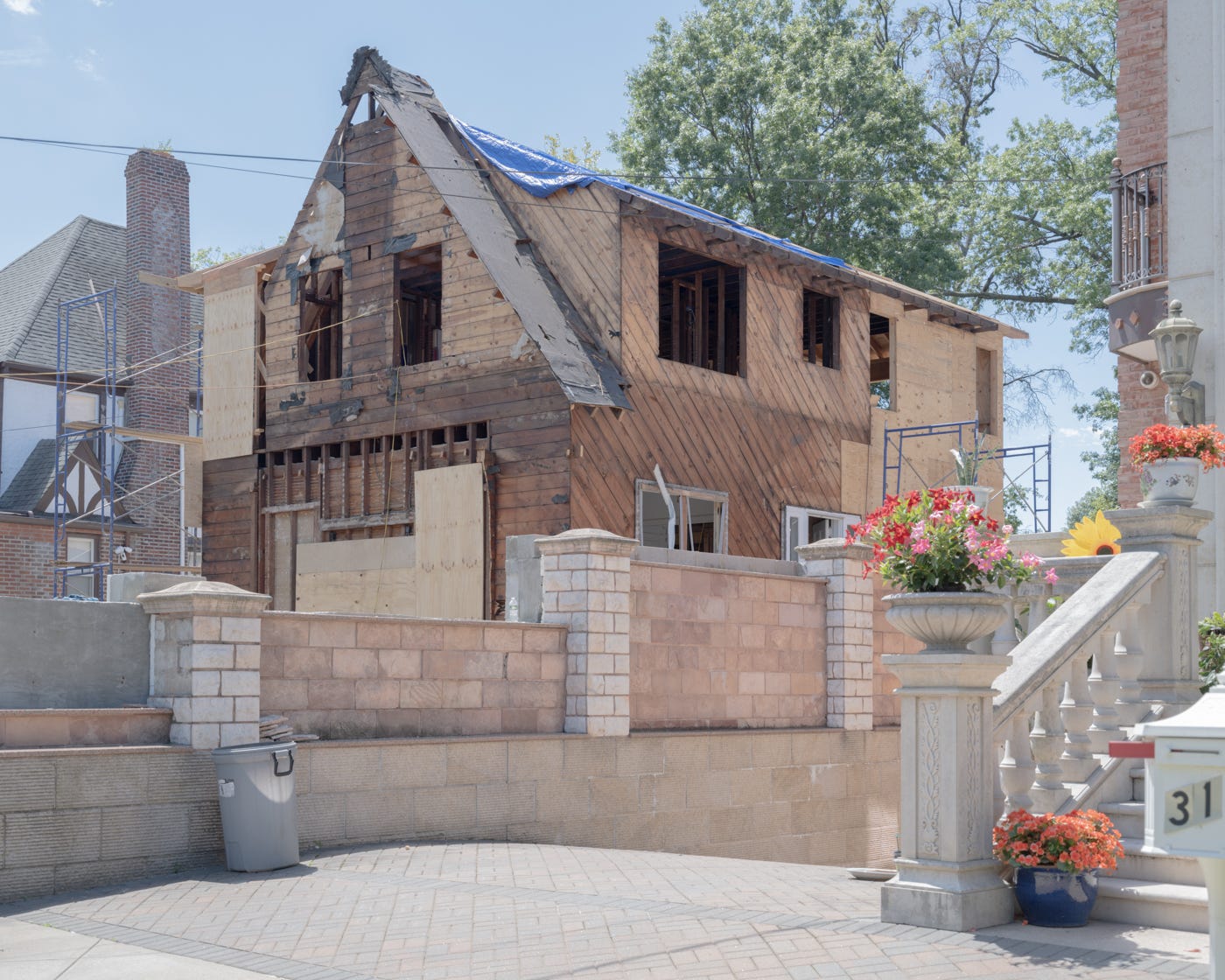
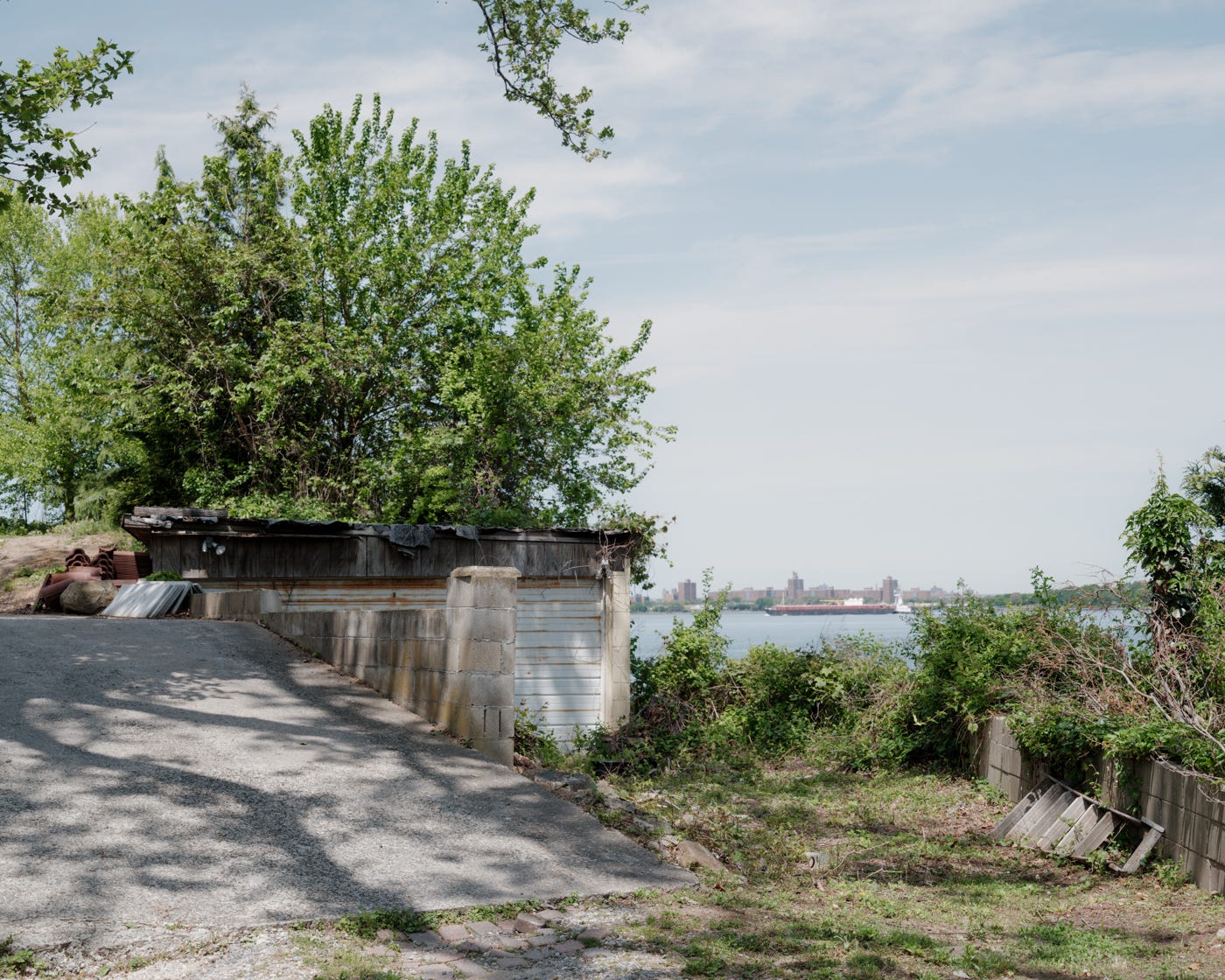
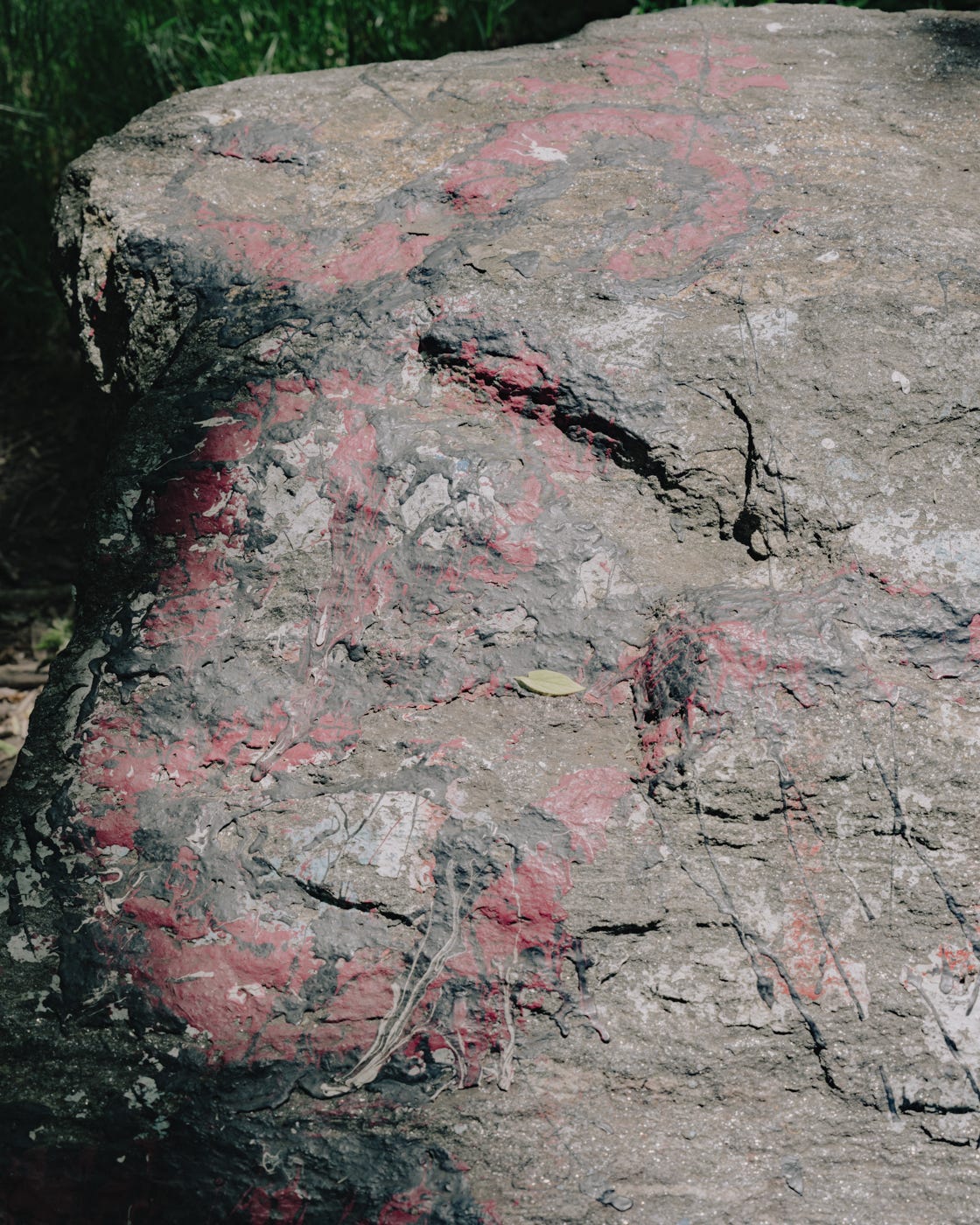
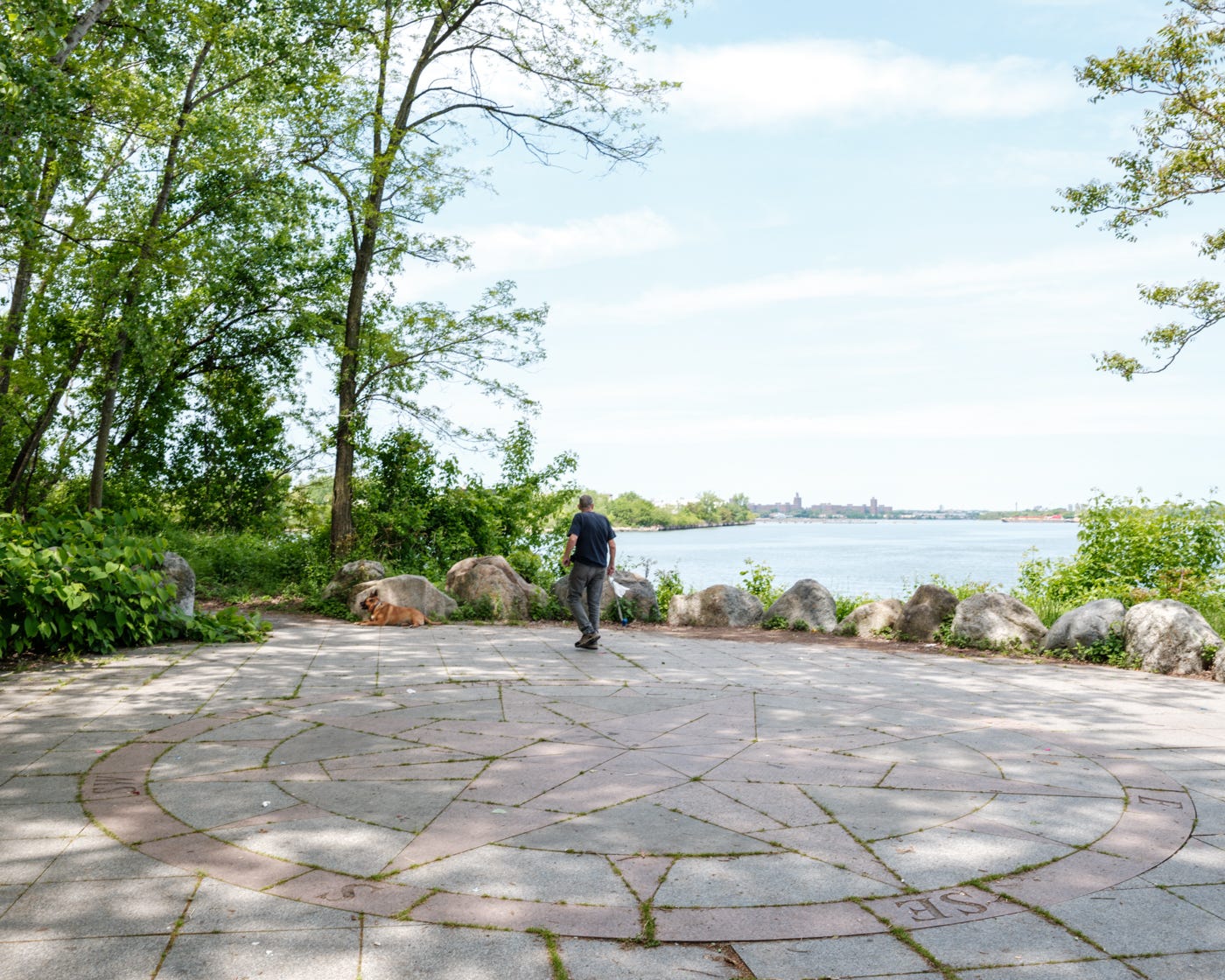
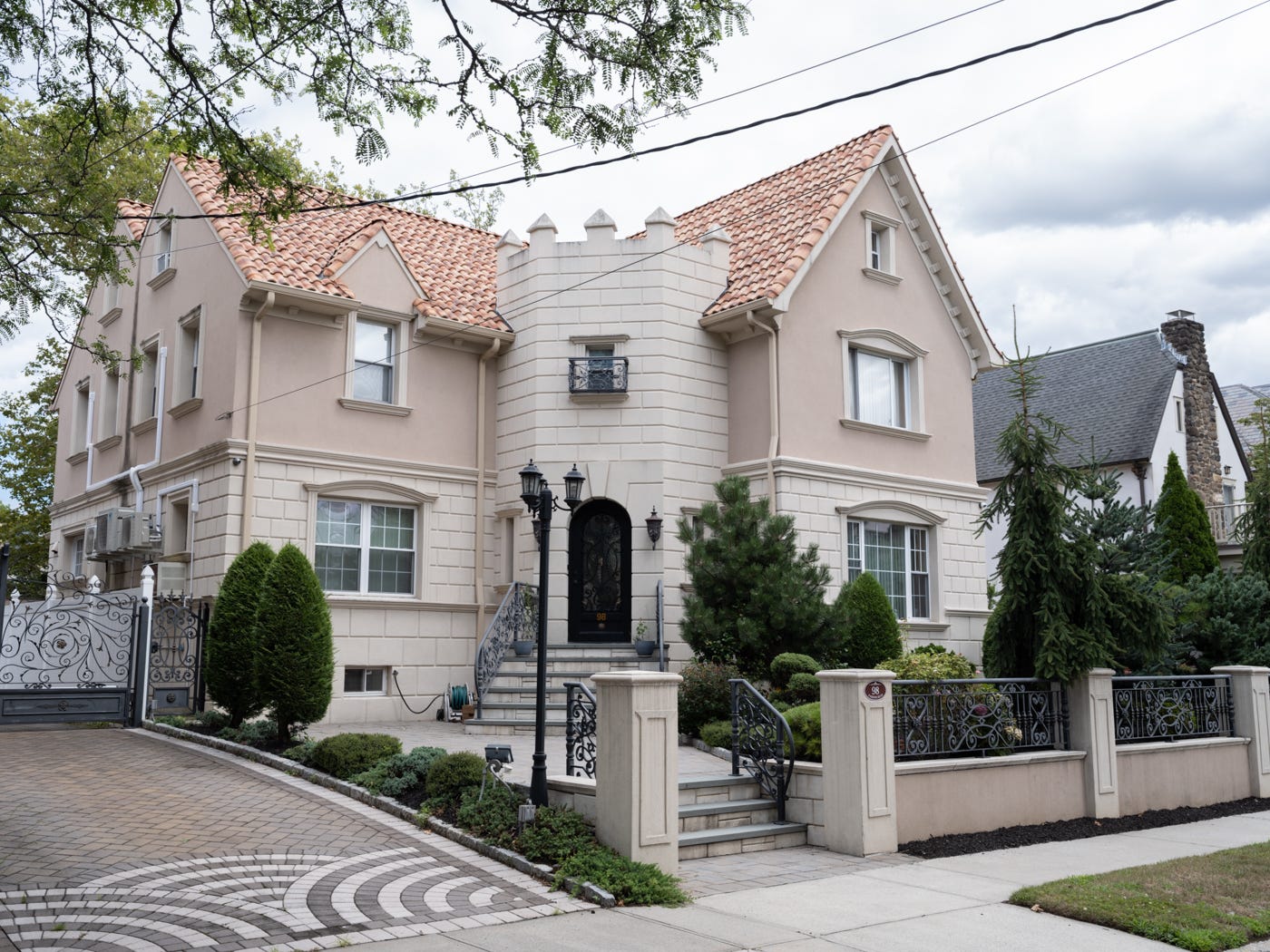
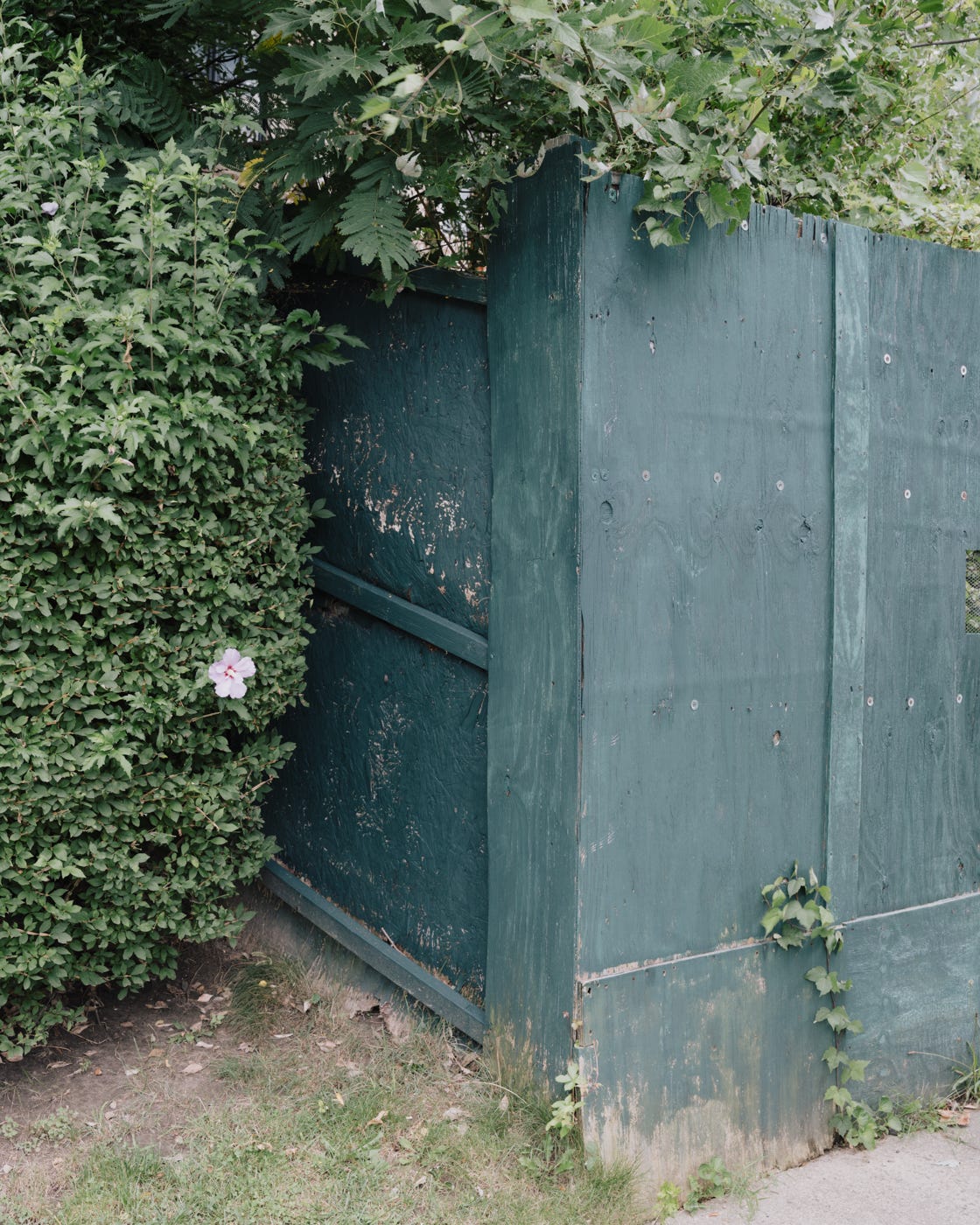
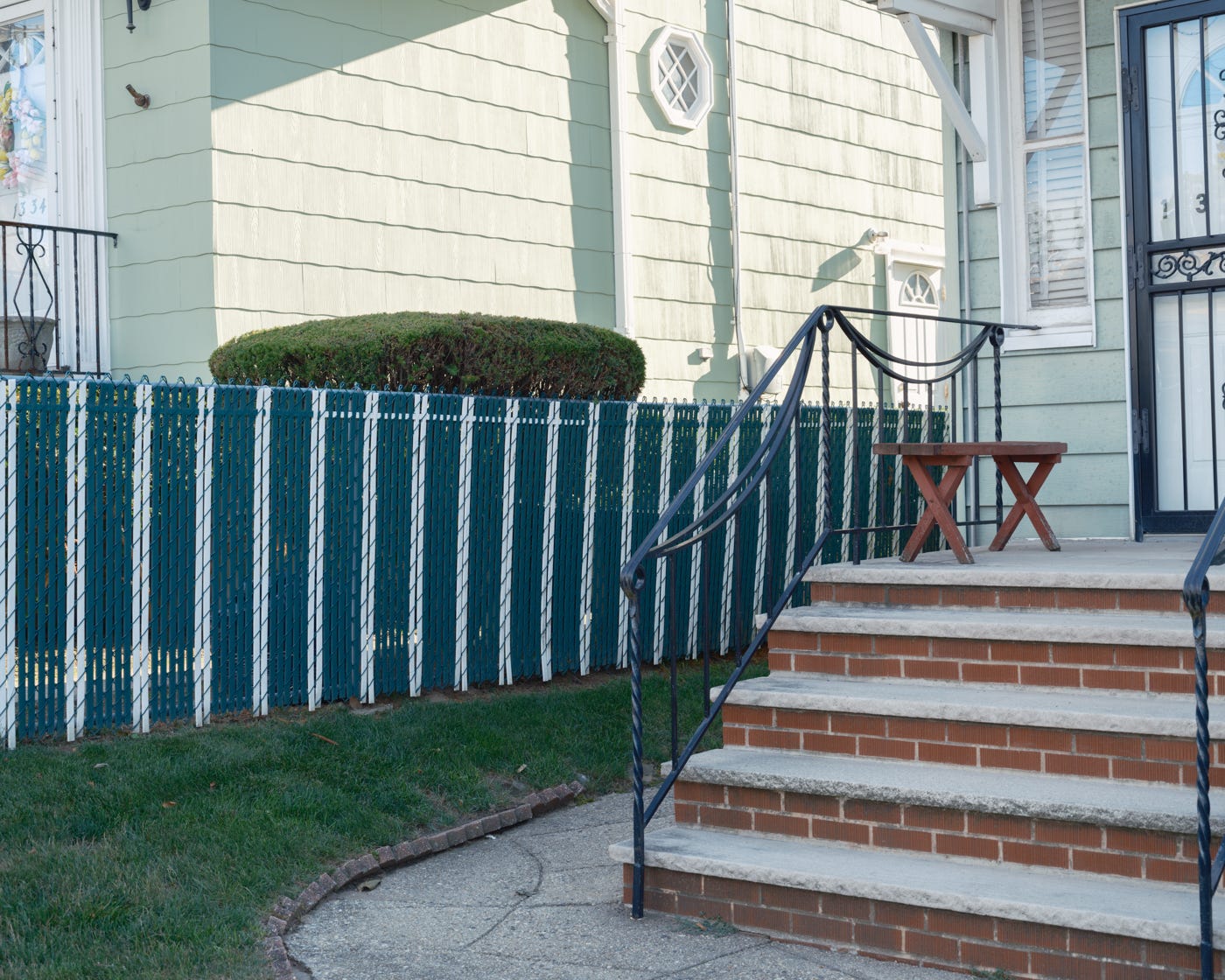
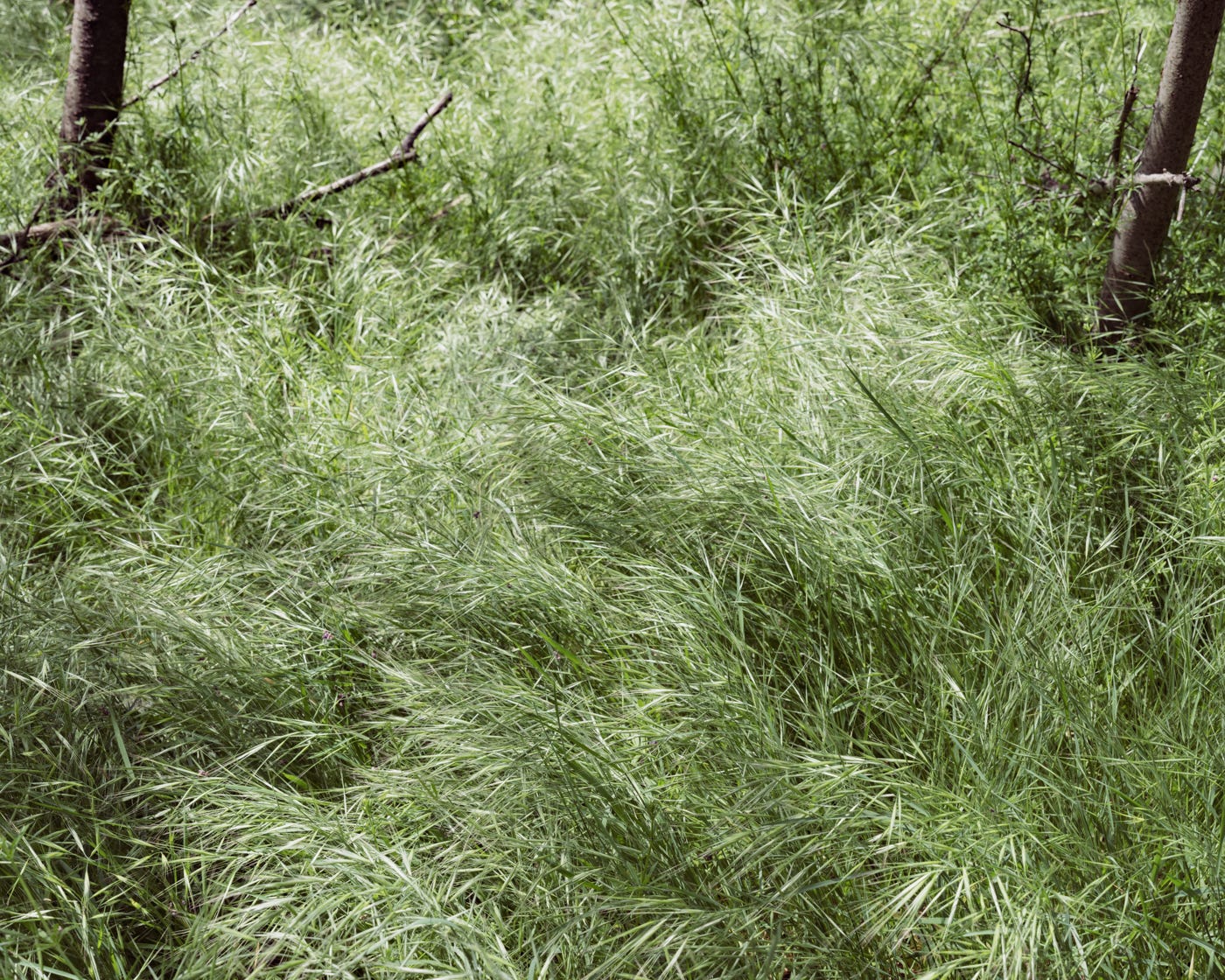

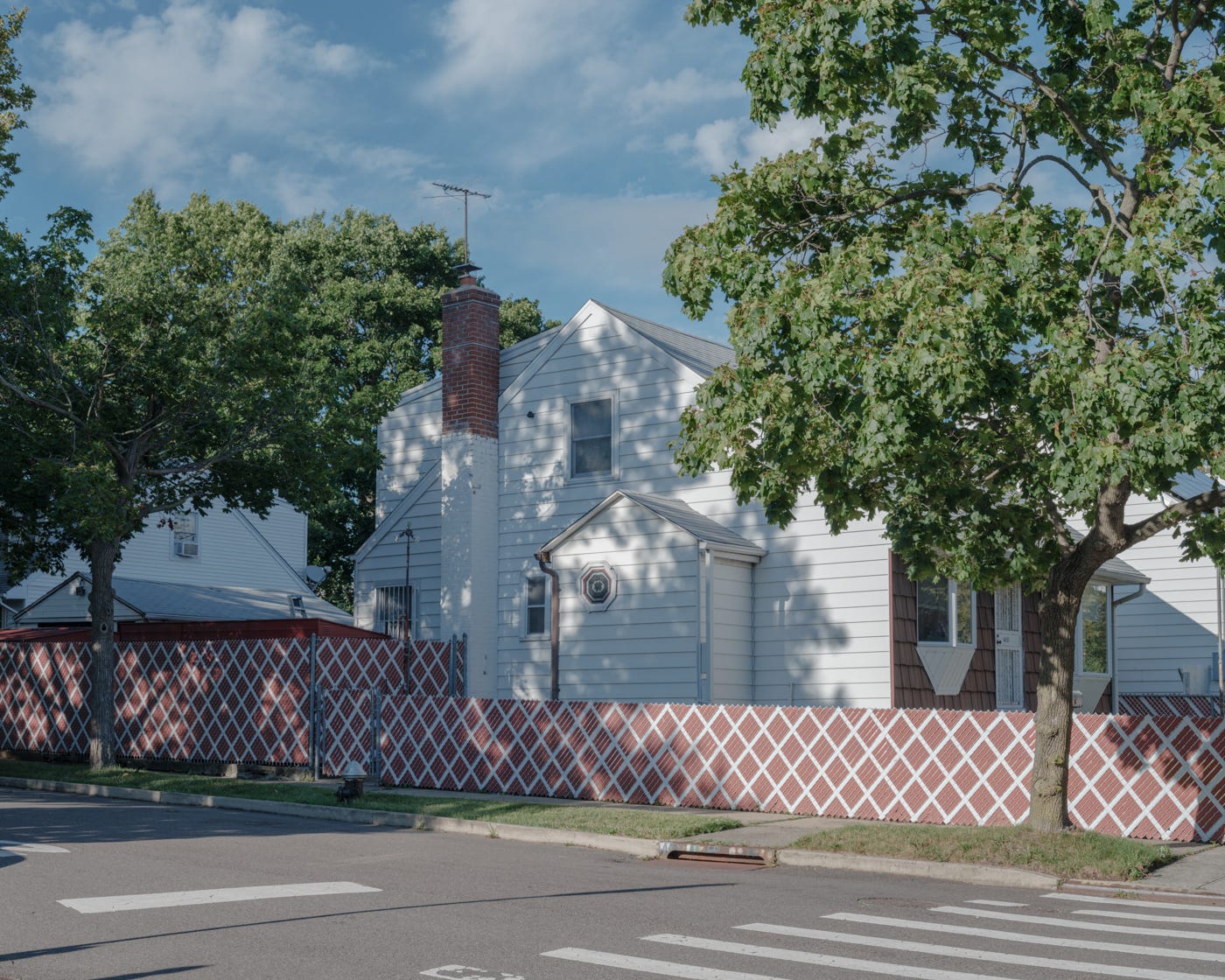
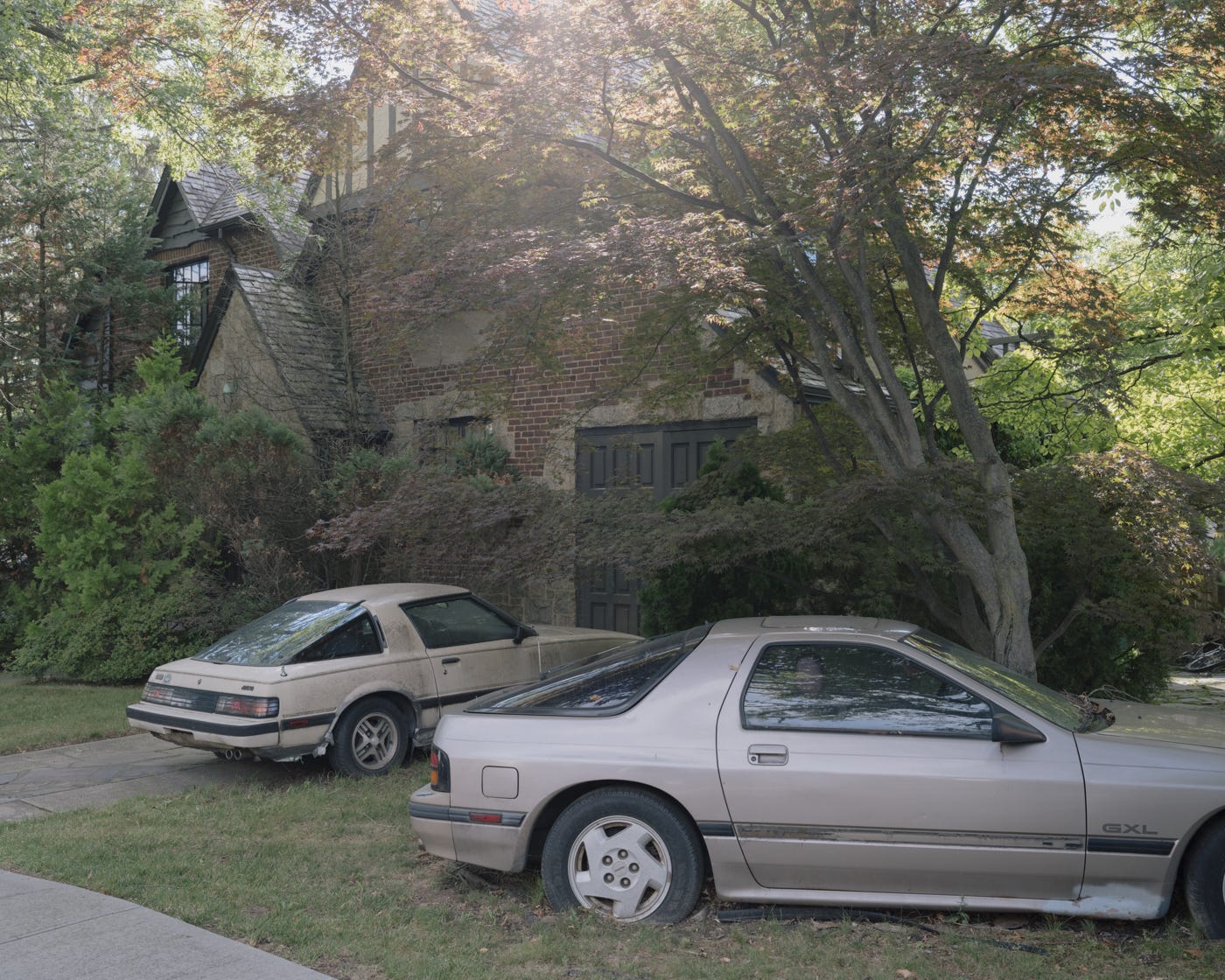

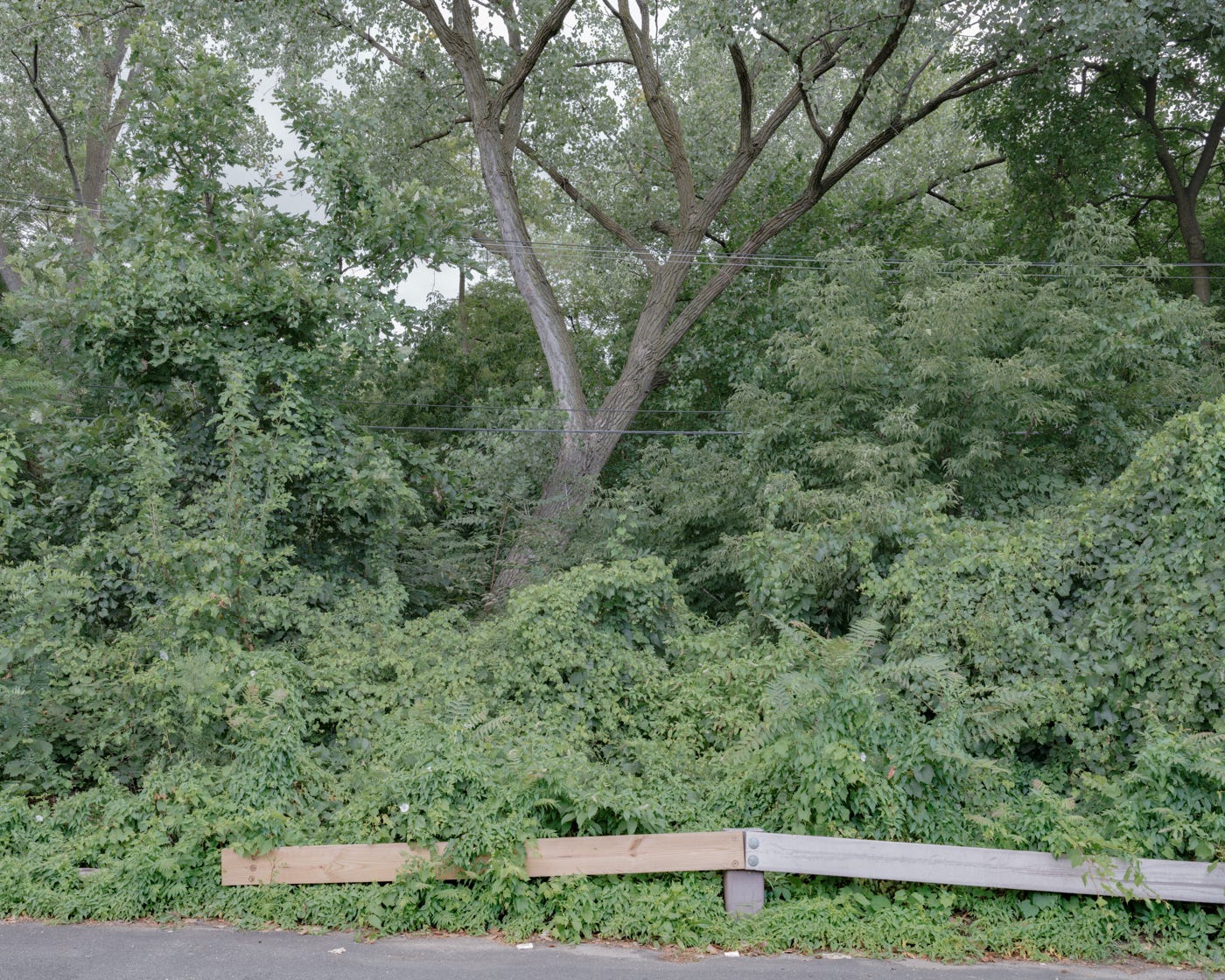
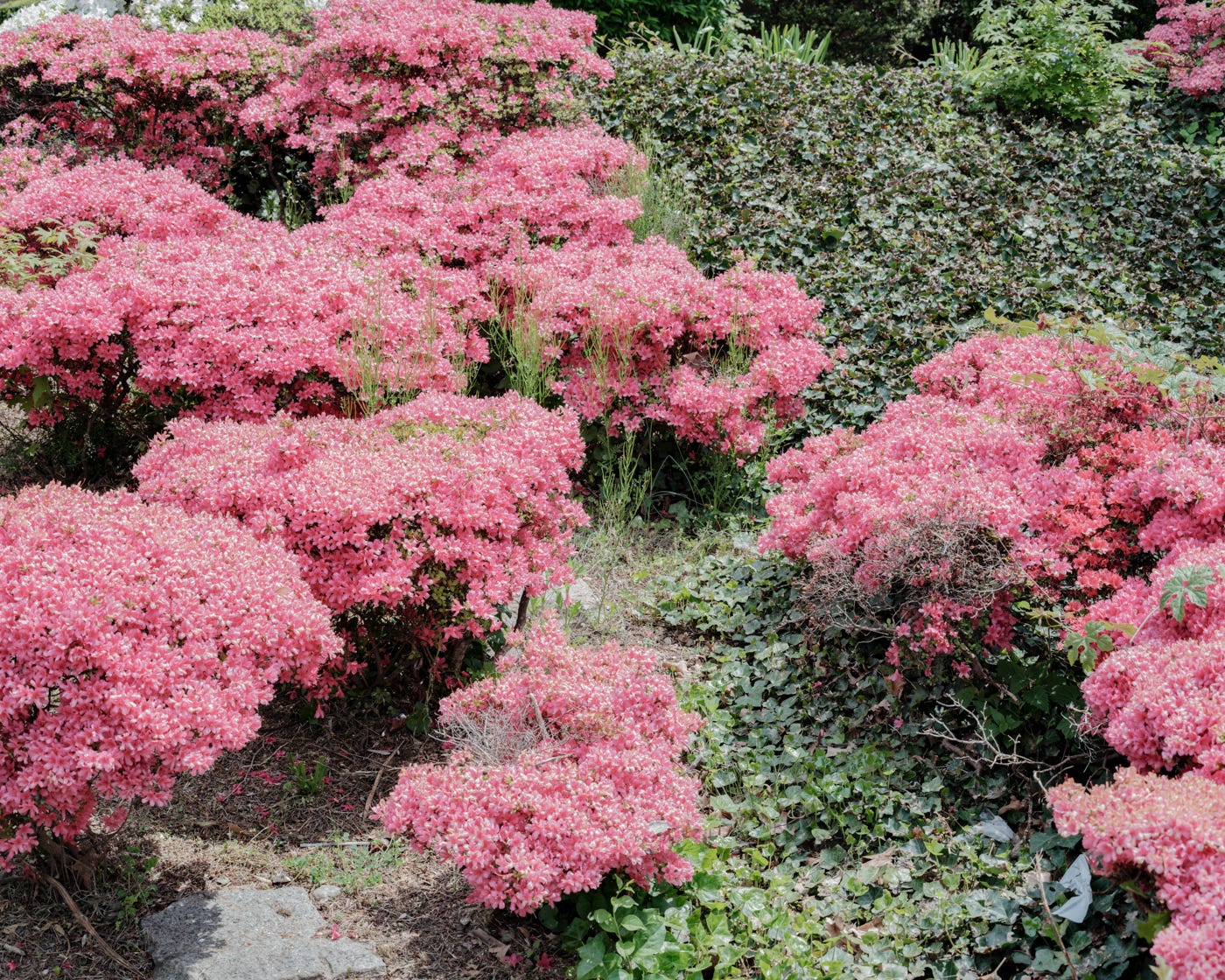
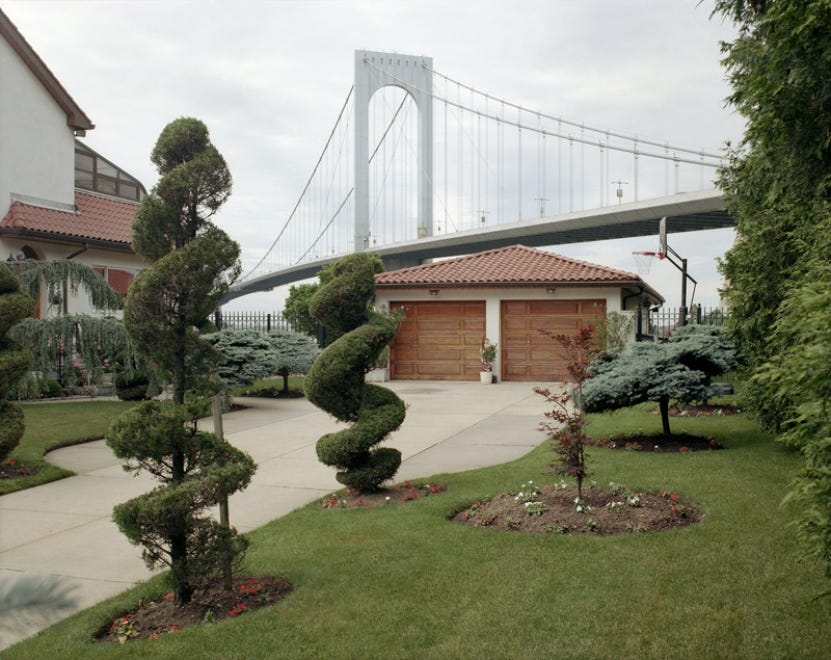
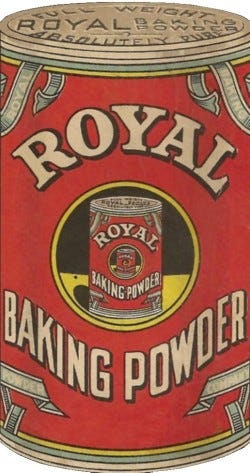
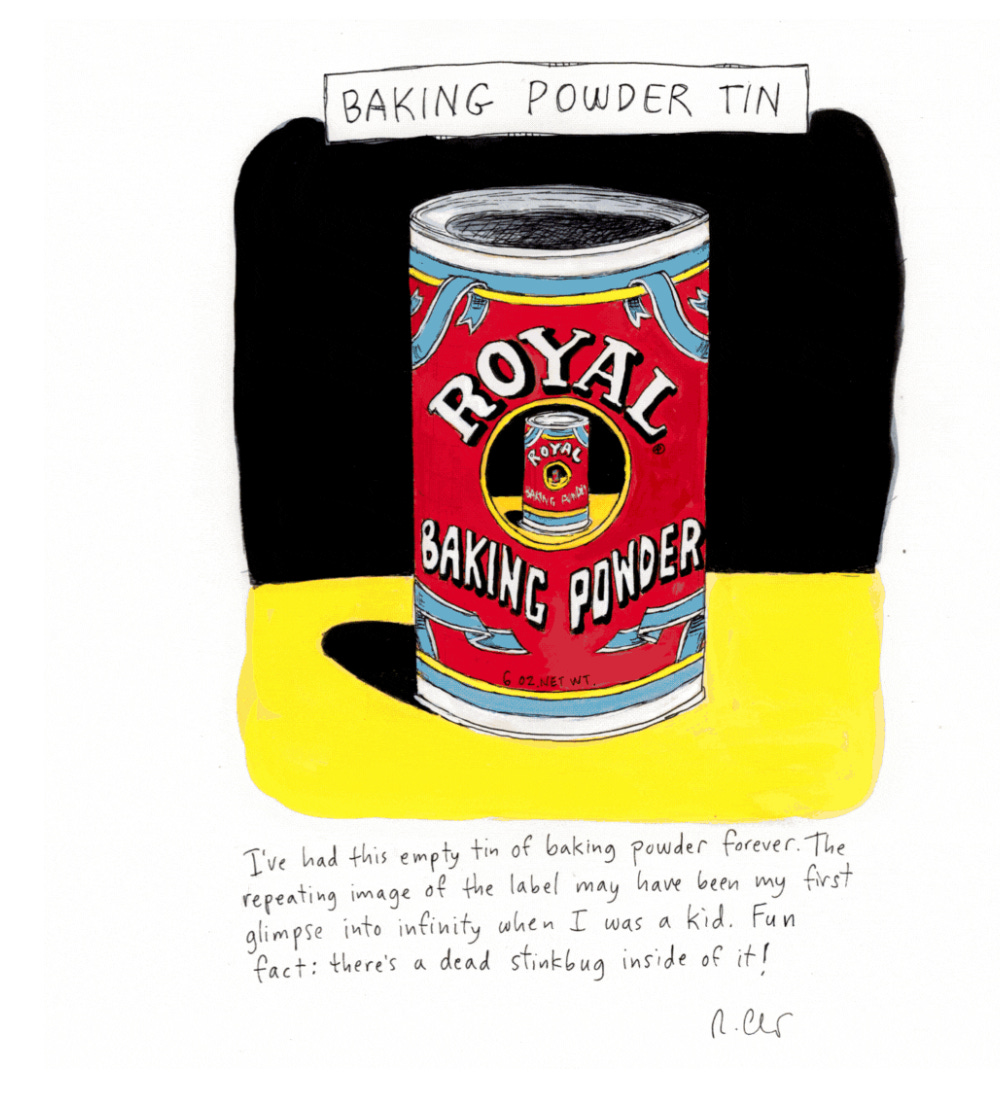

Great stuff! That bathroom picture is amazing.
Re infinite packaging, sometimes called "the Droste effect," there are other examples including Land O Lakes butter: https://beachpackagingdesign.com/boxvox/droste-effect-p
This is my favorite issue so far! And I had no idea of Malba even after twenty years in NYC!